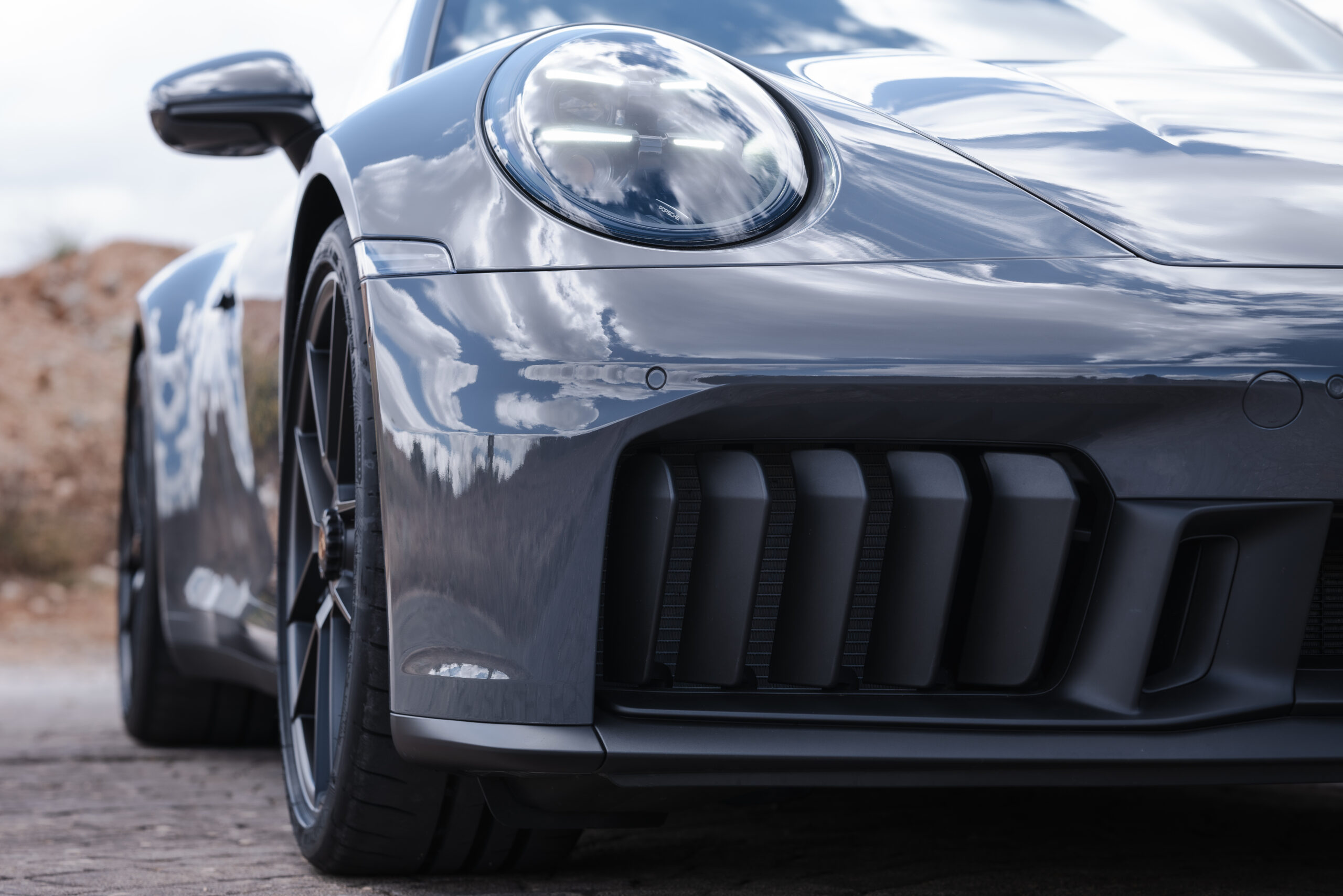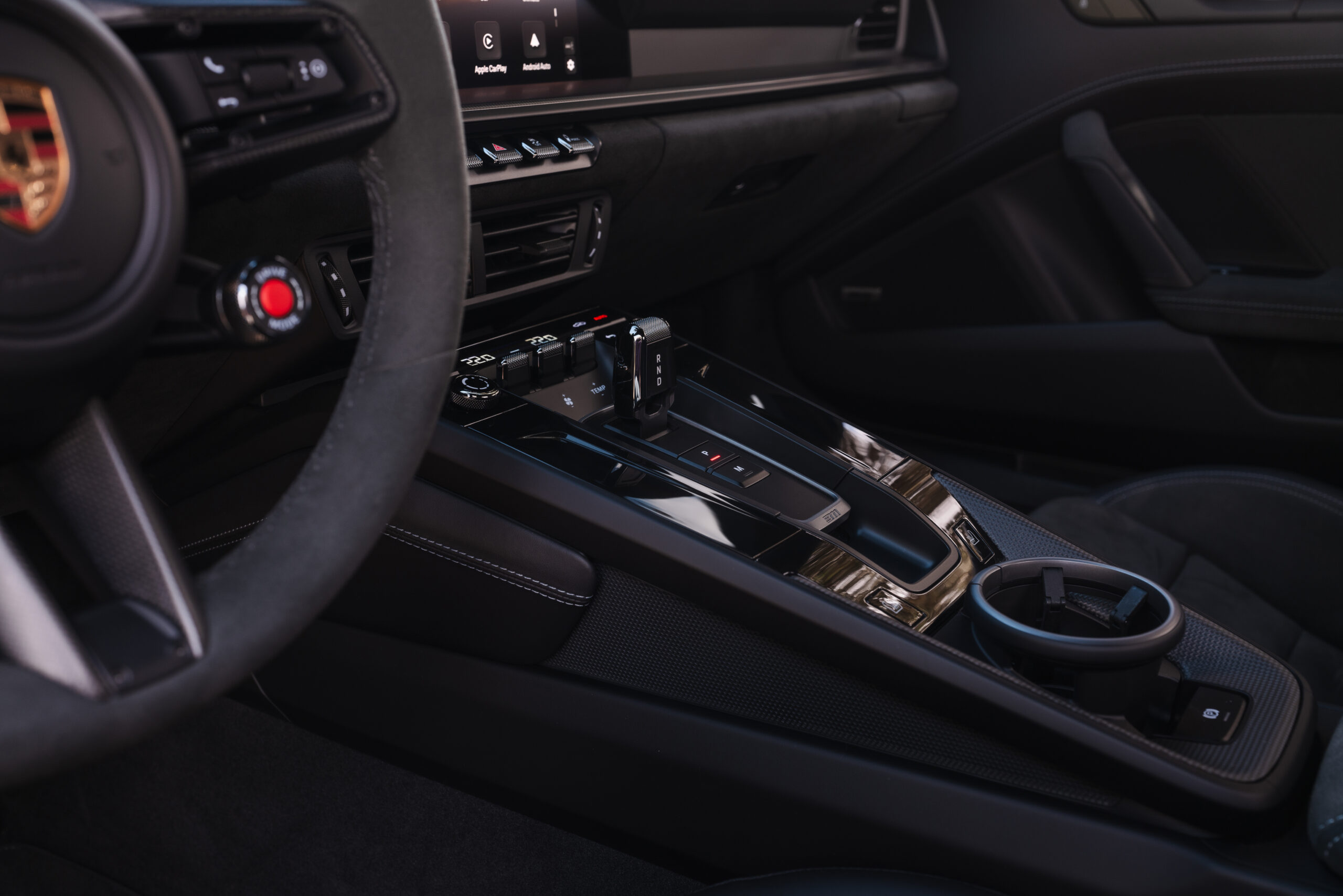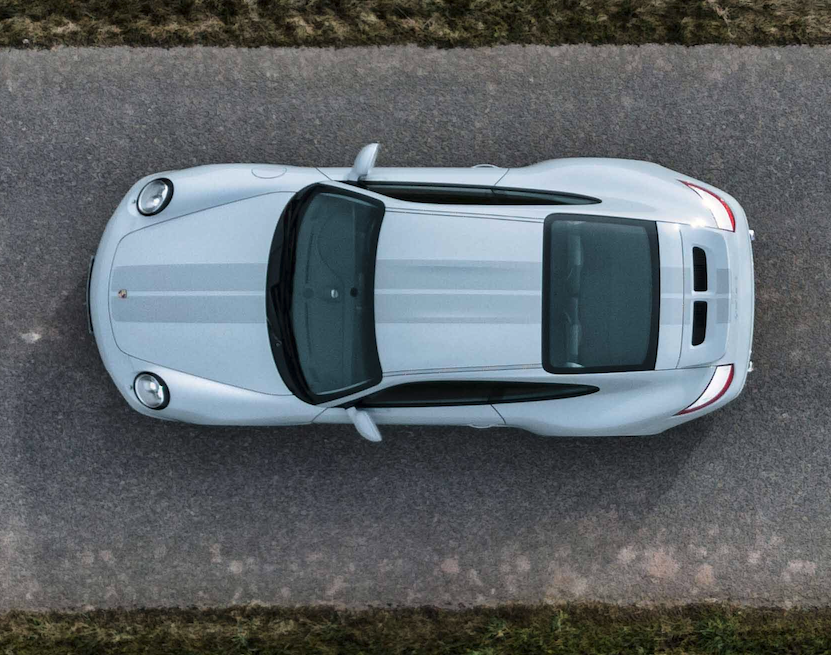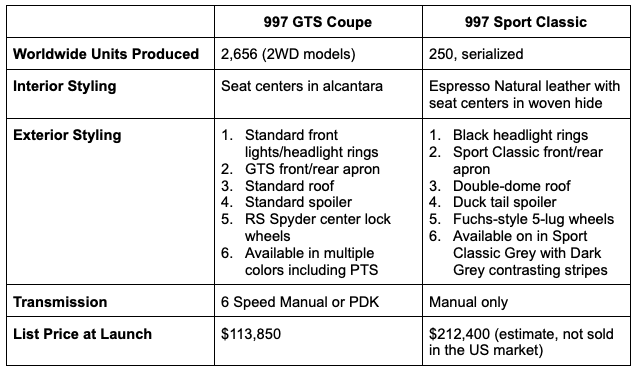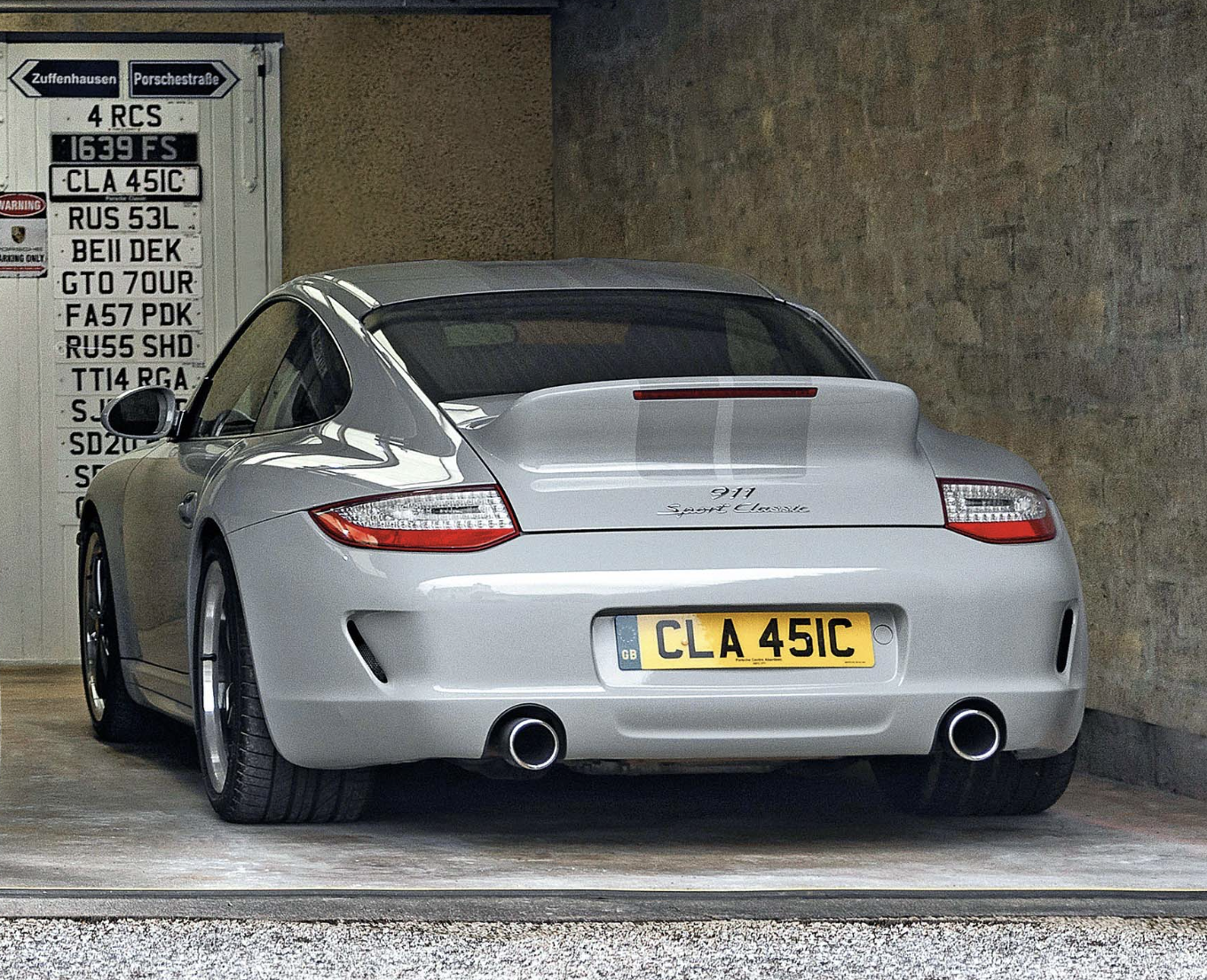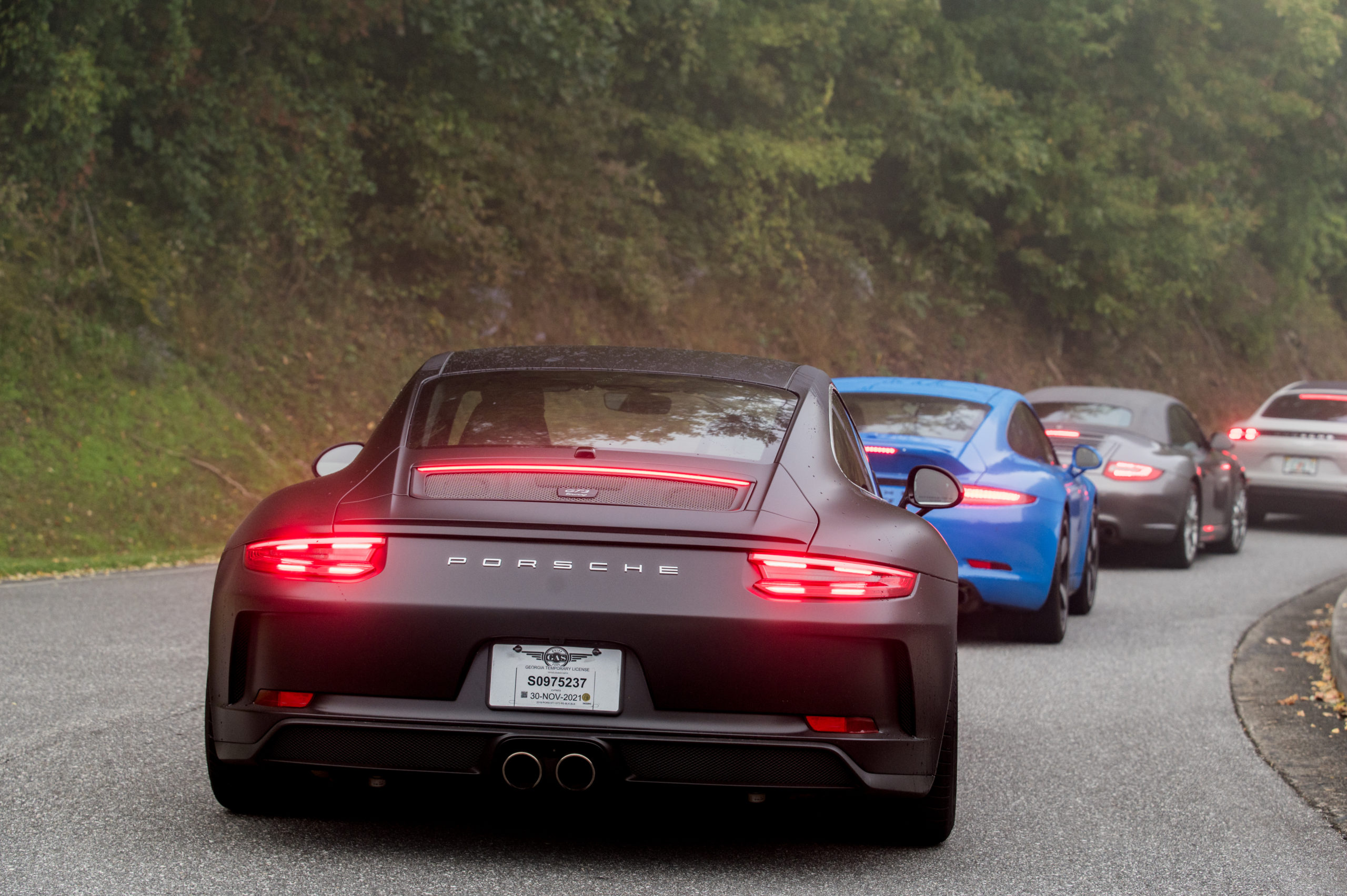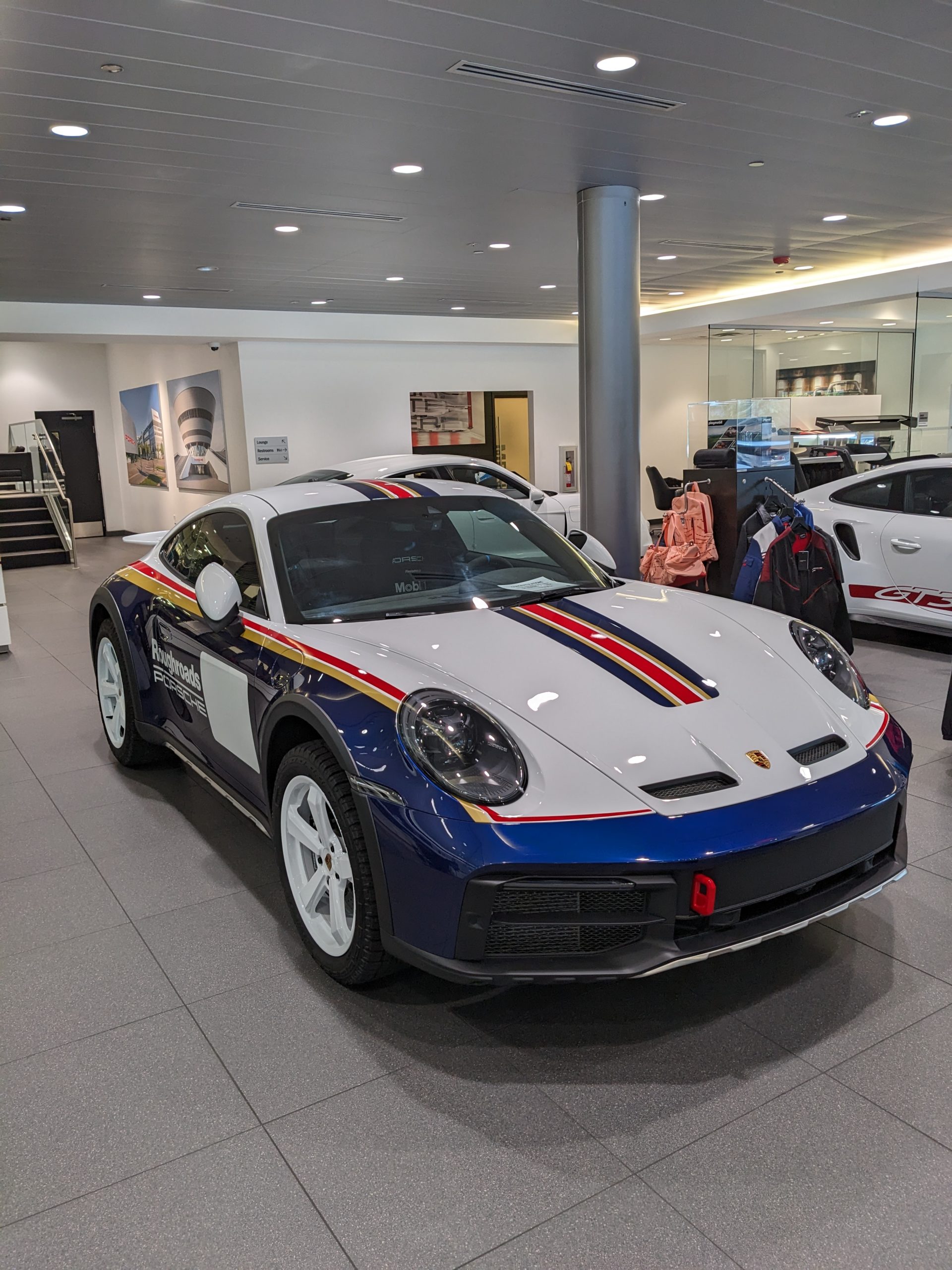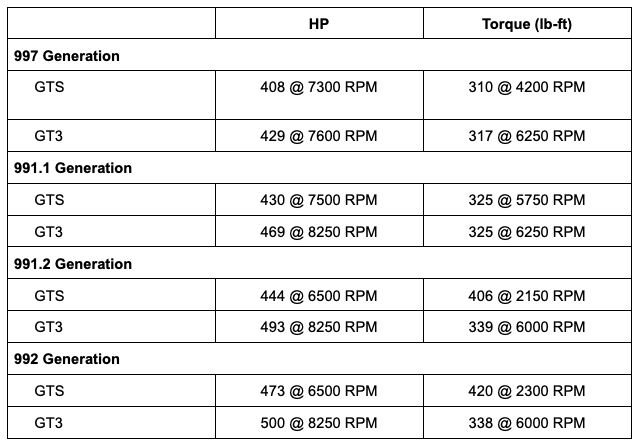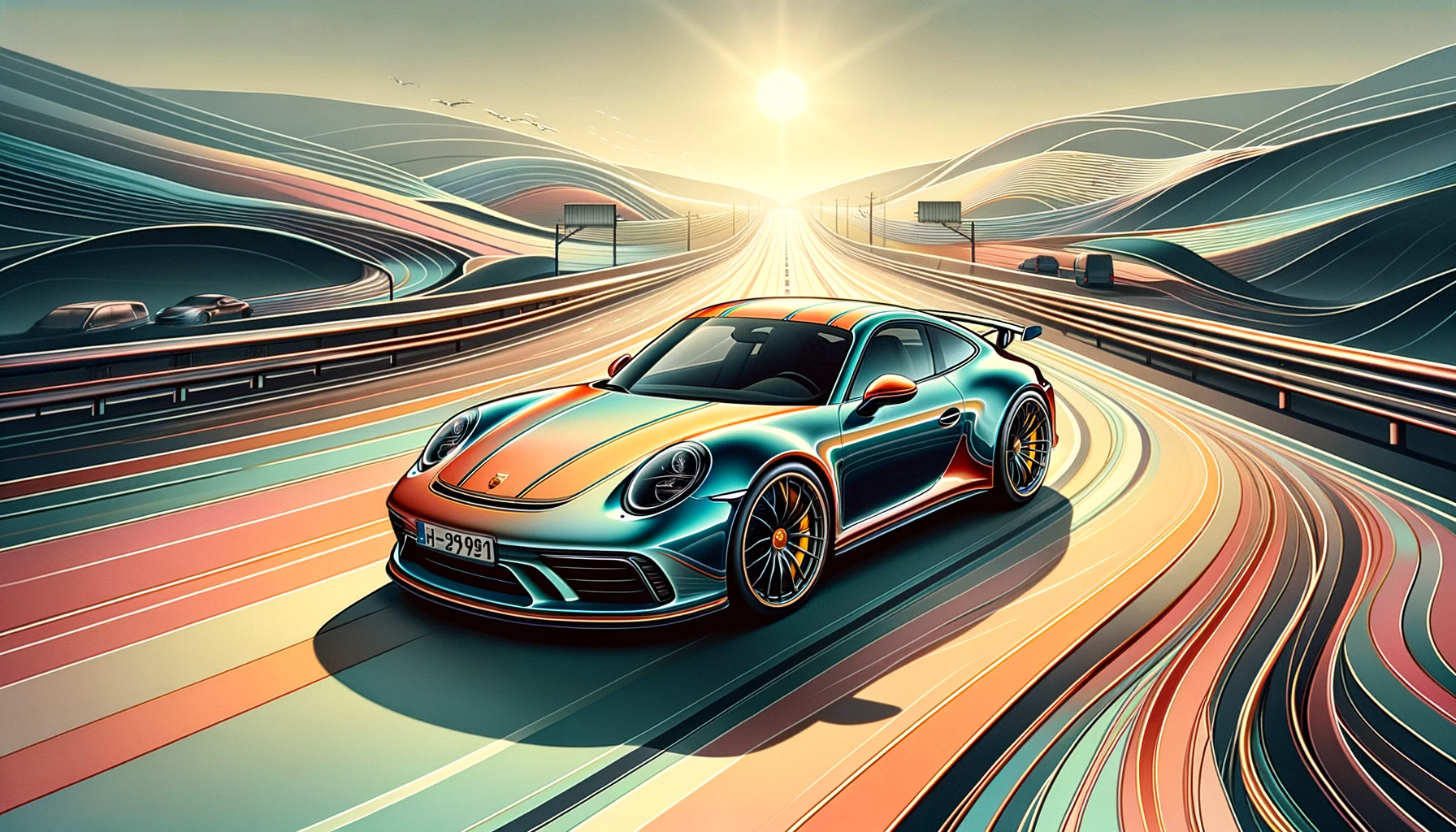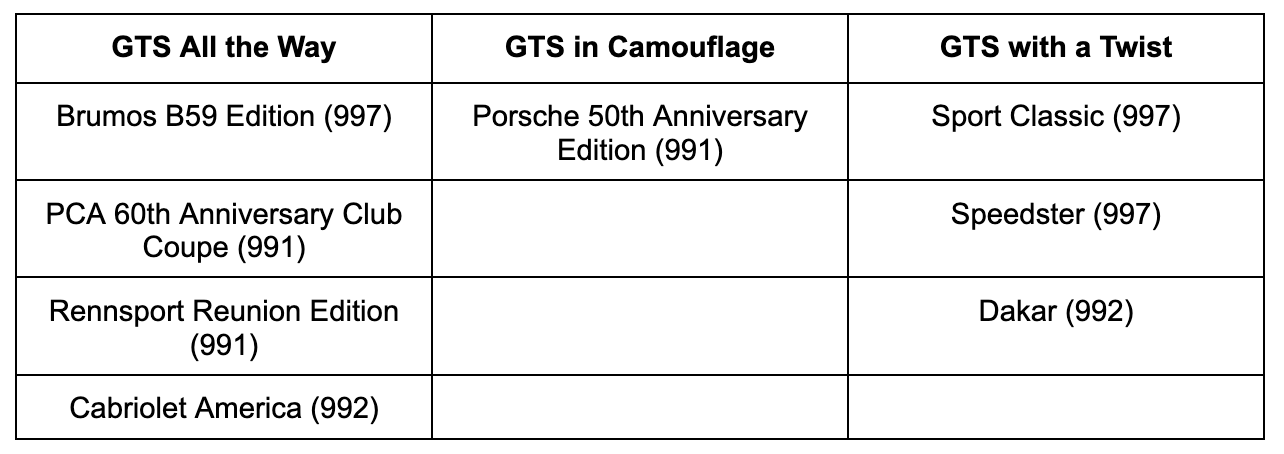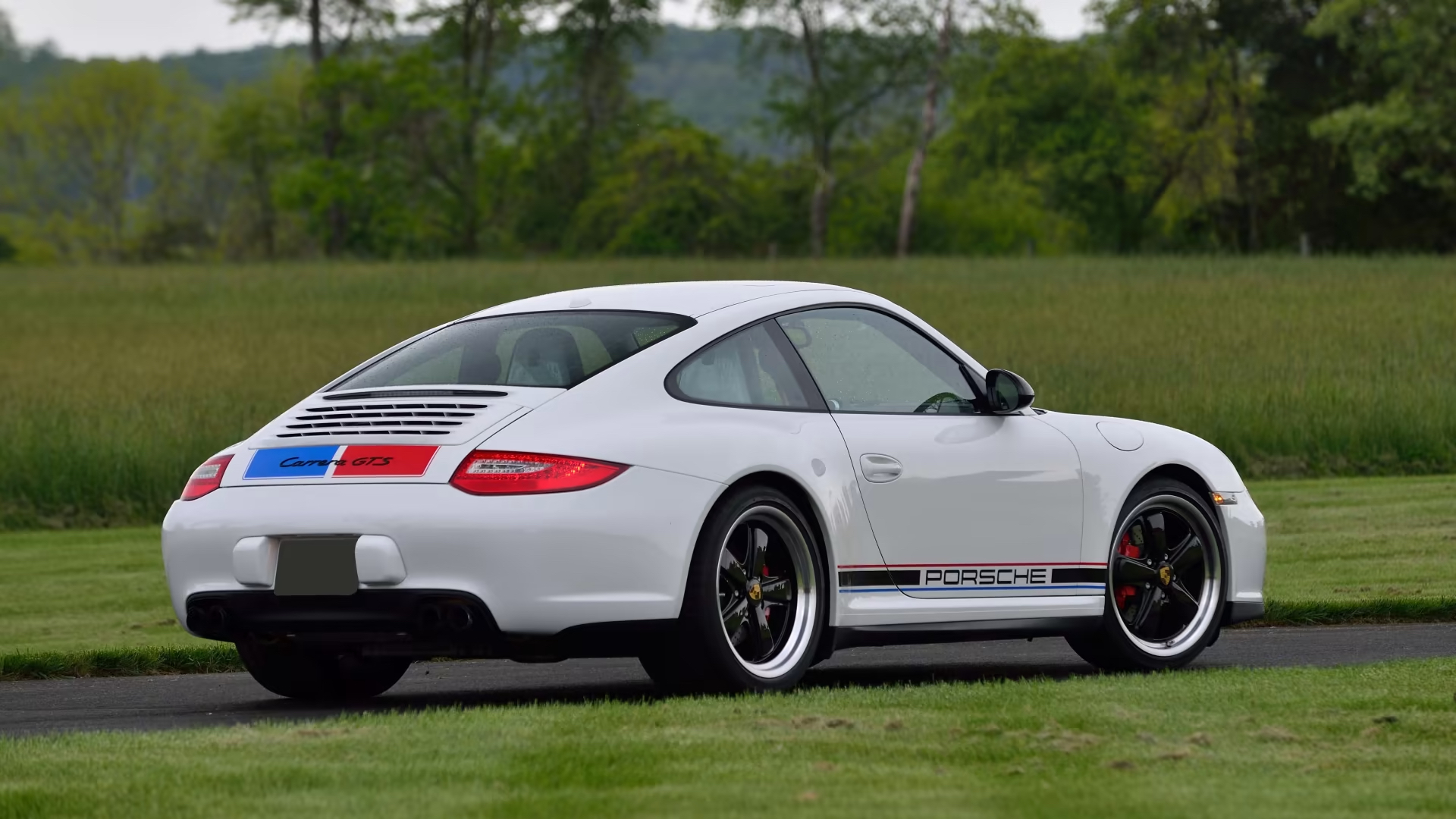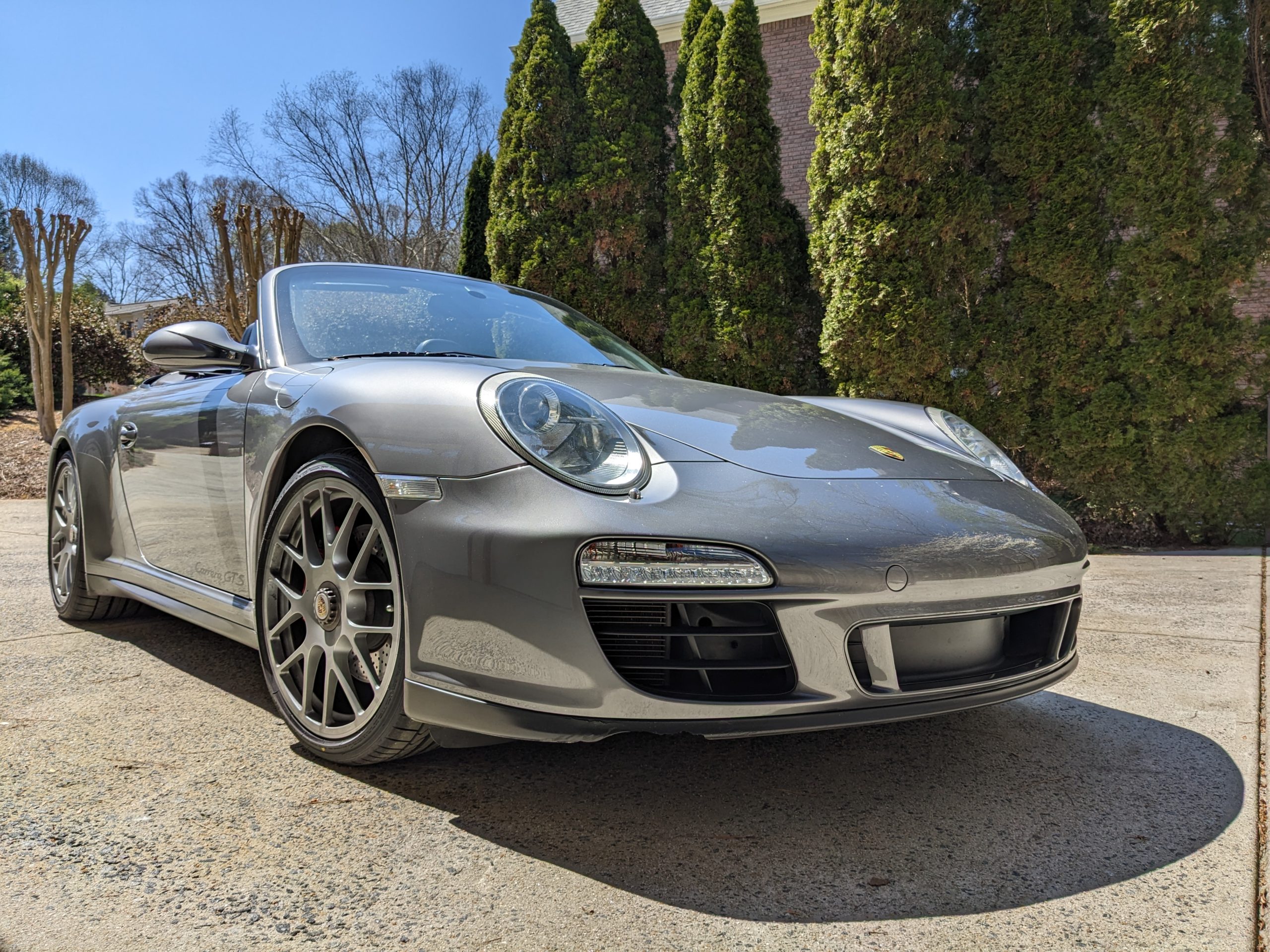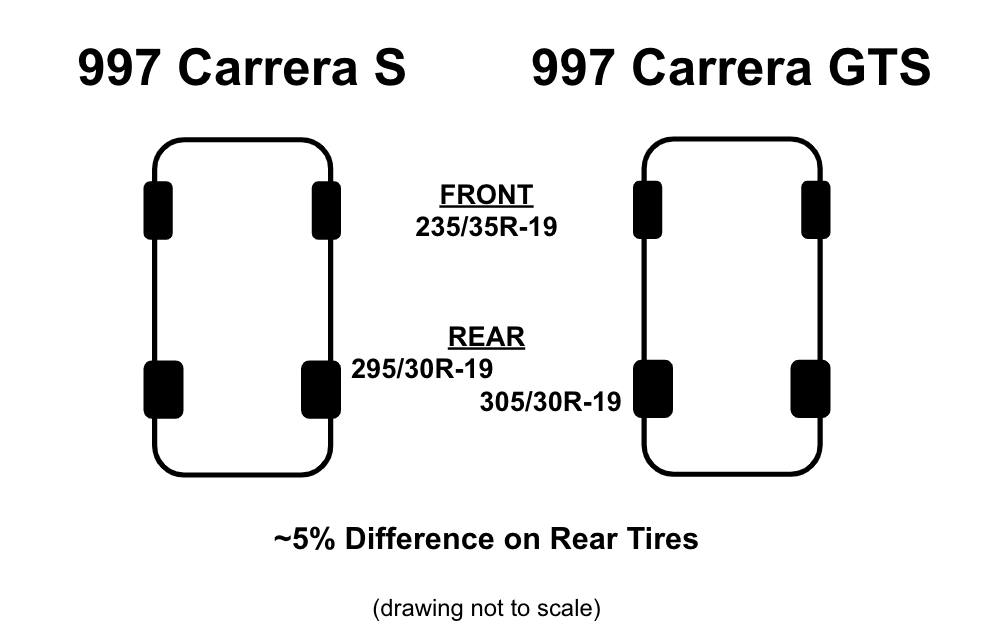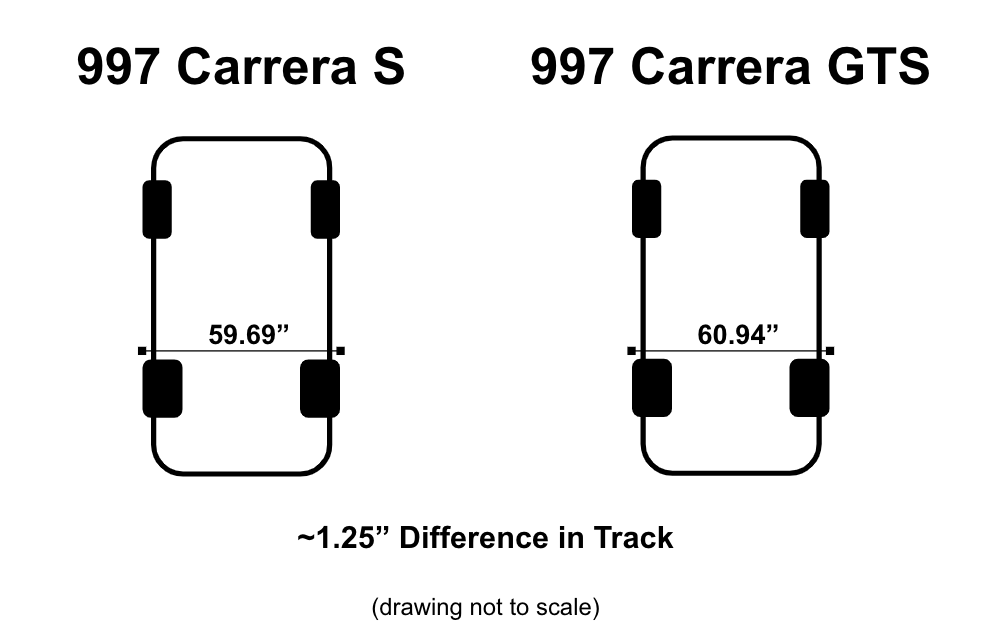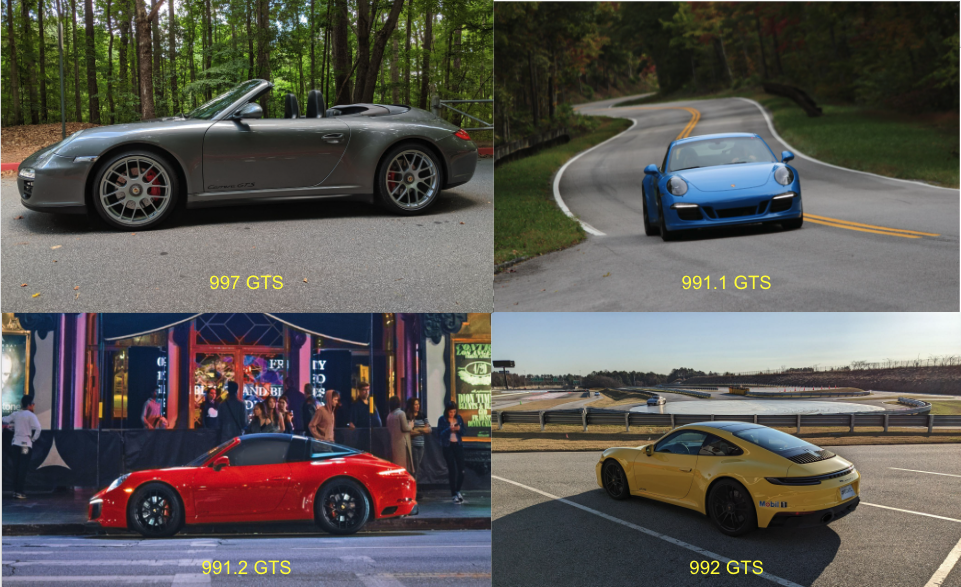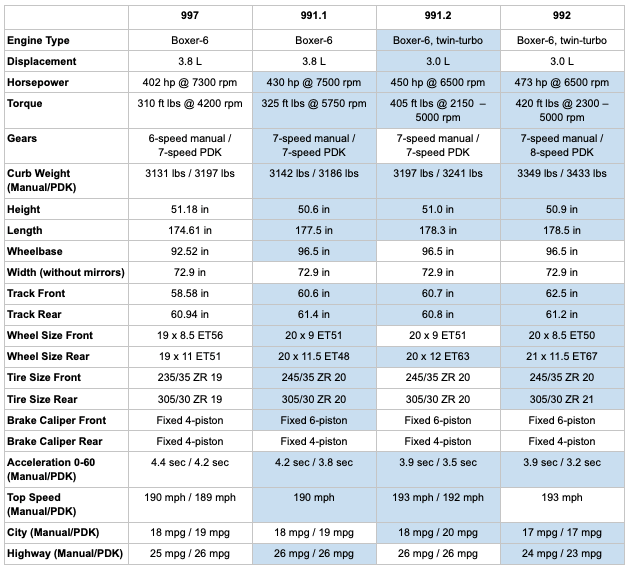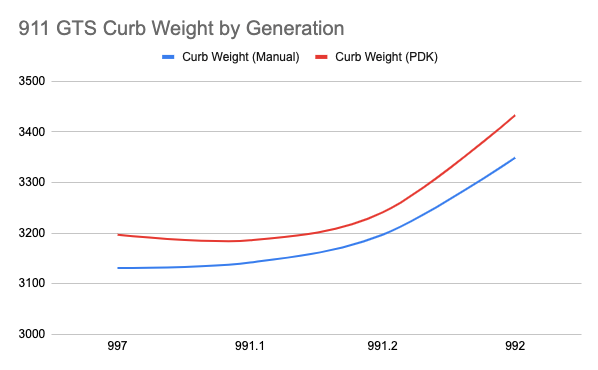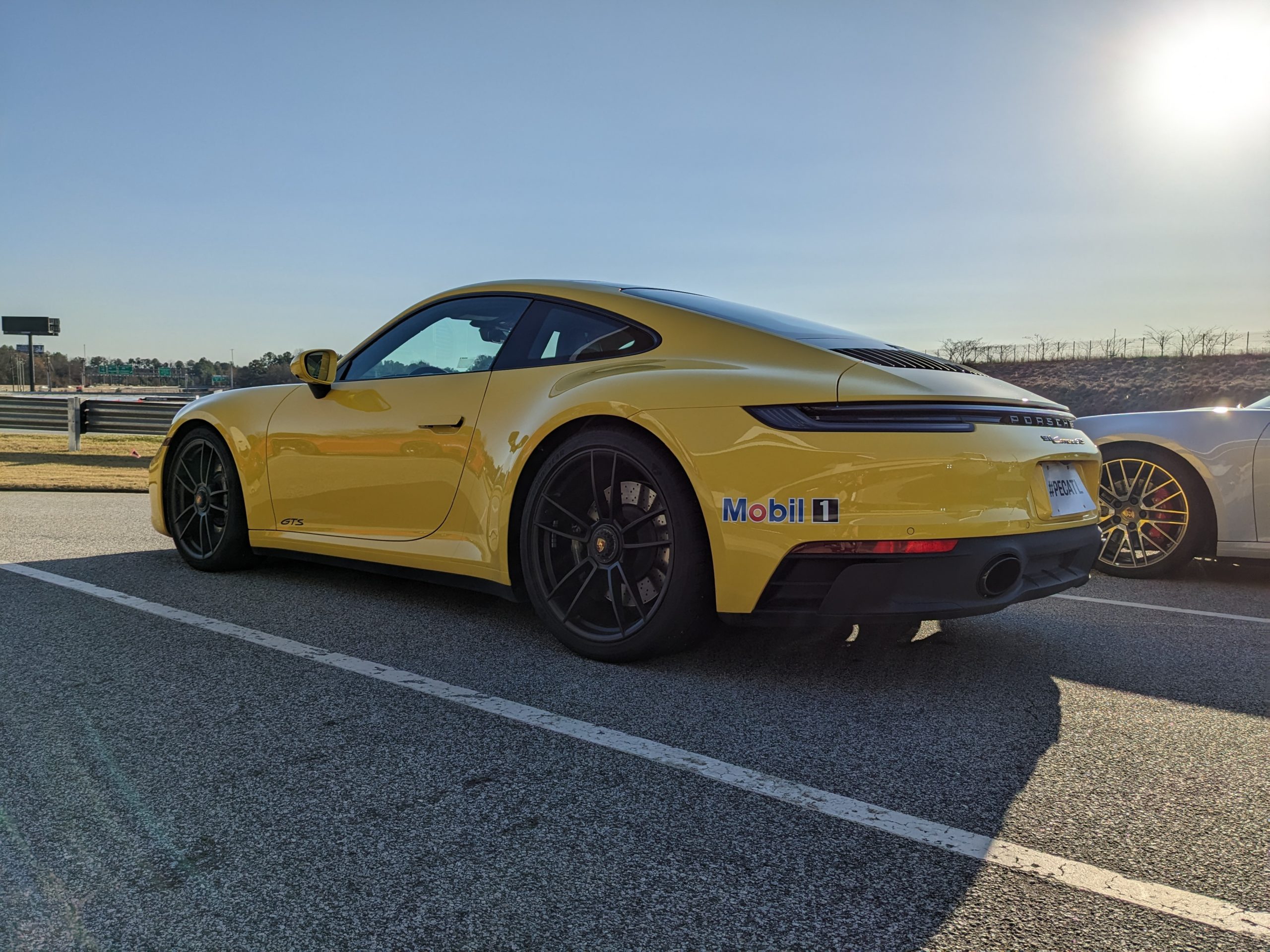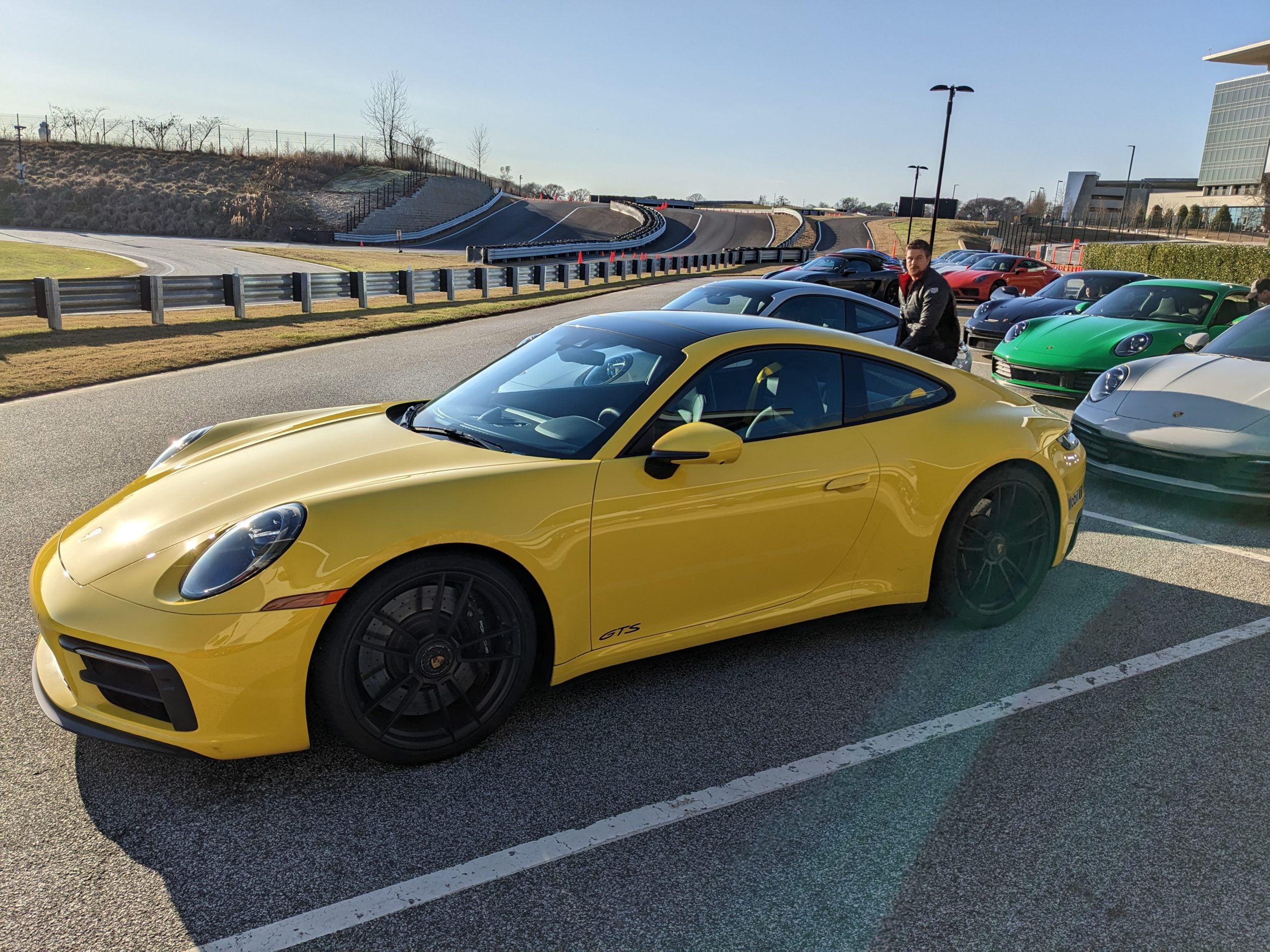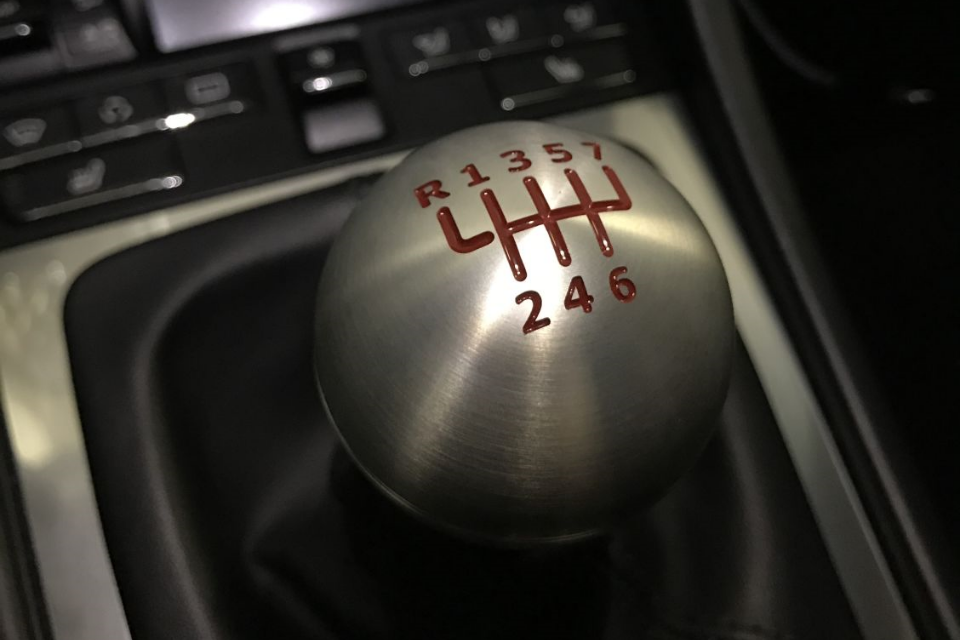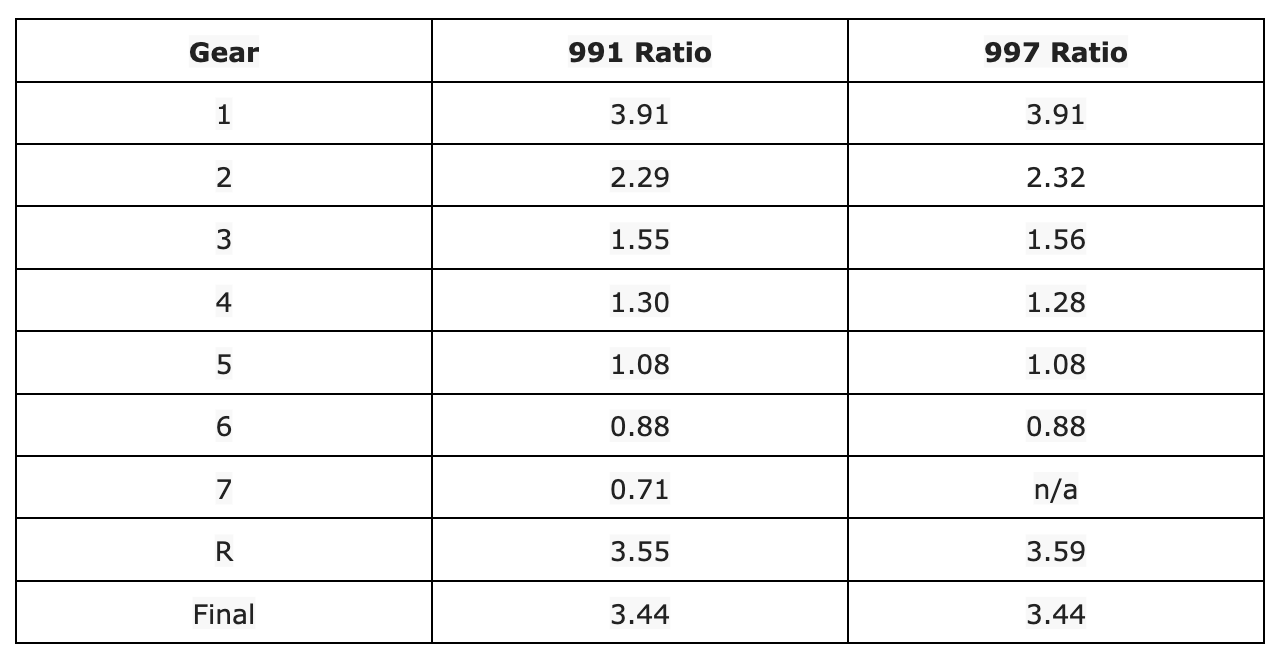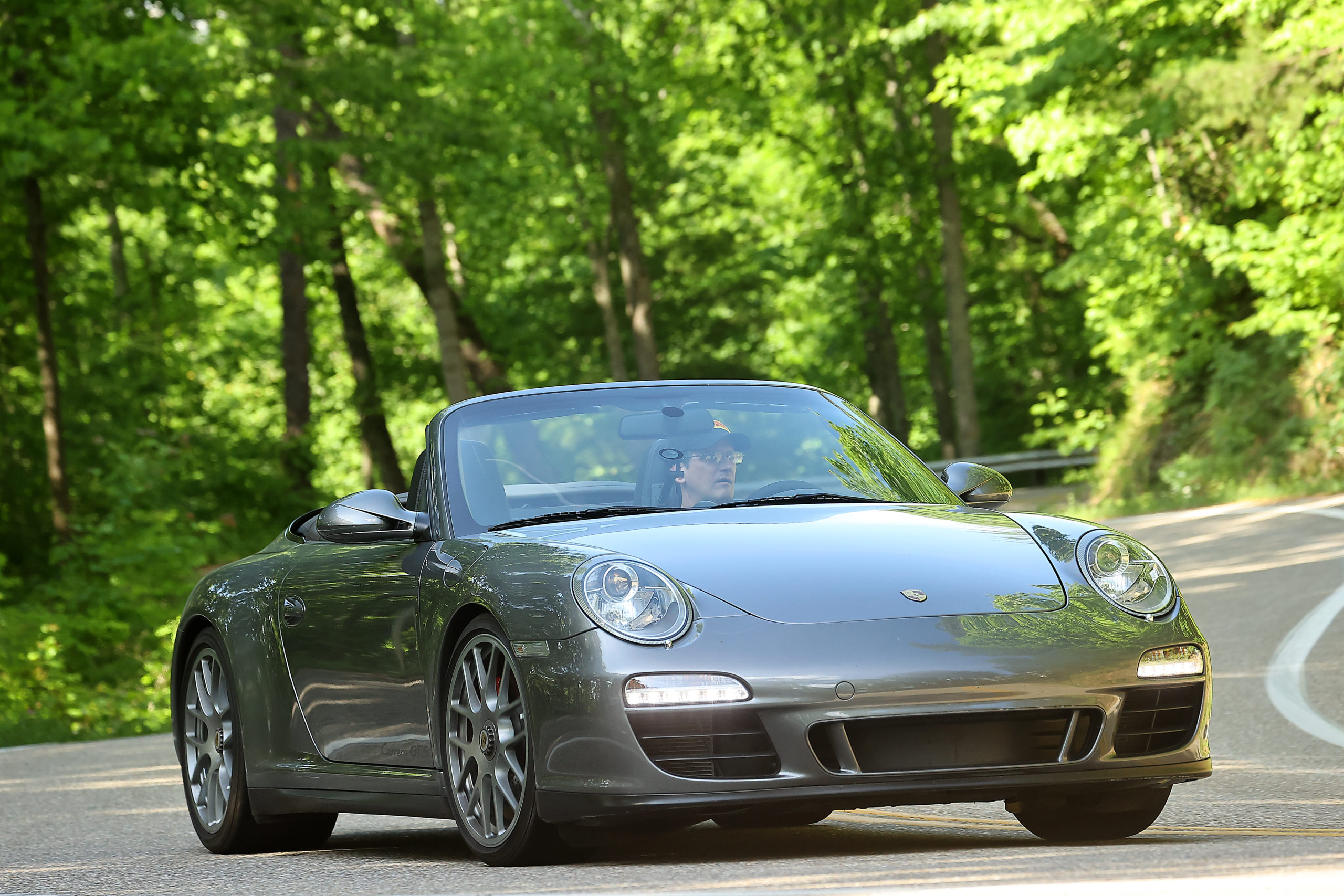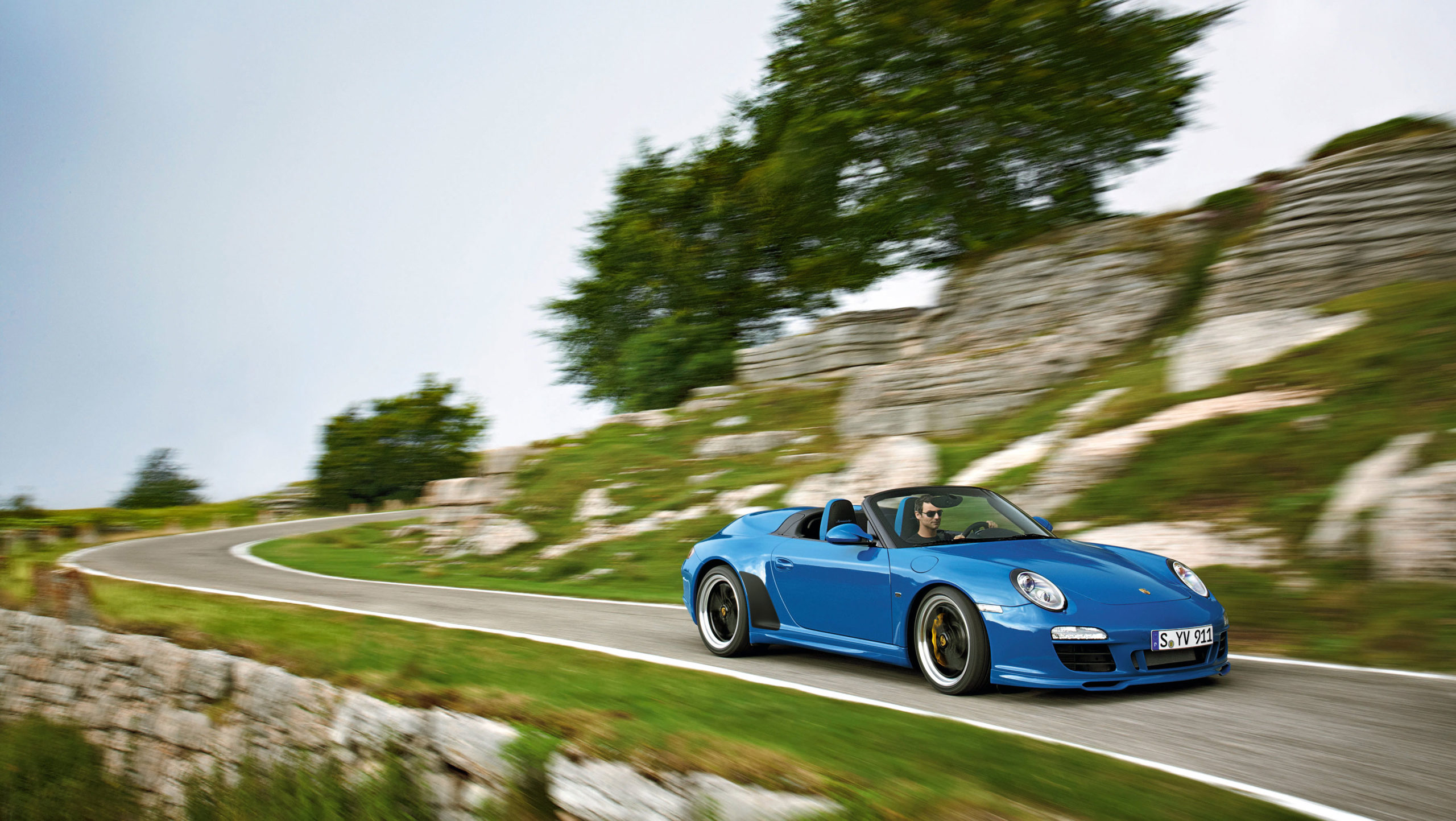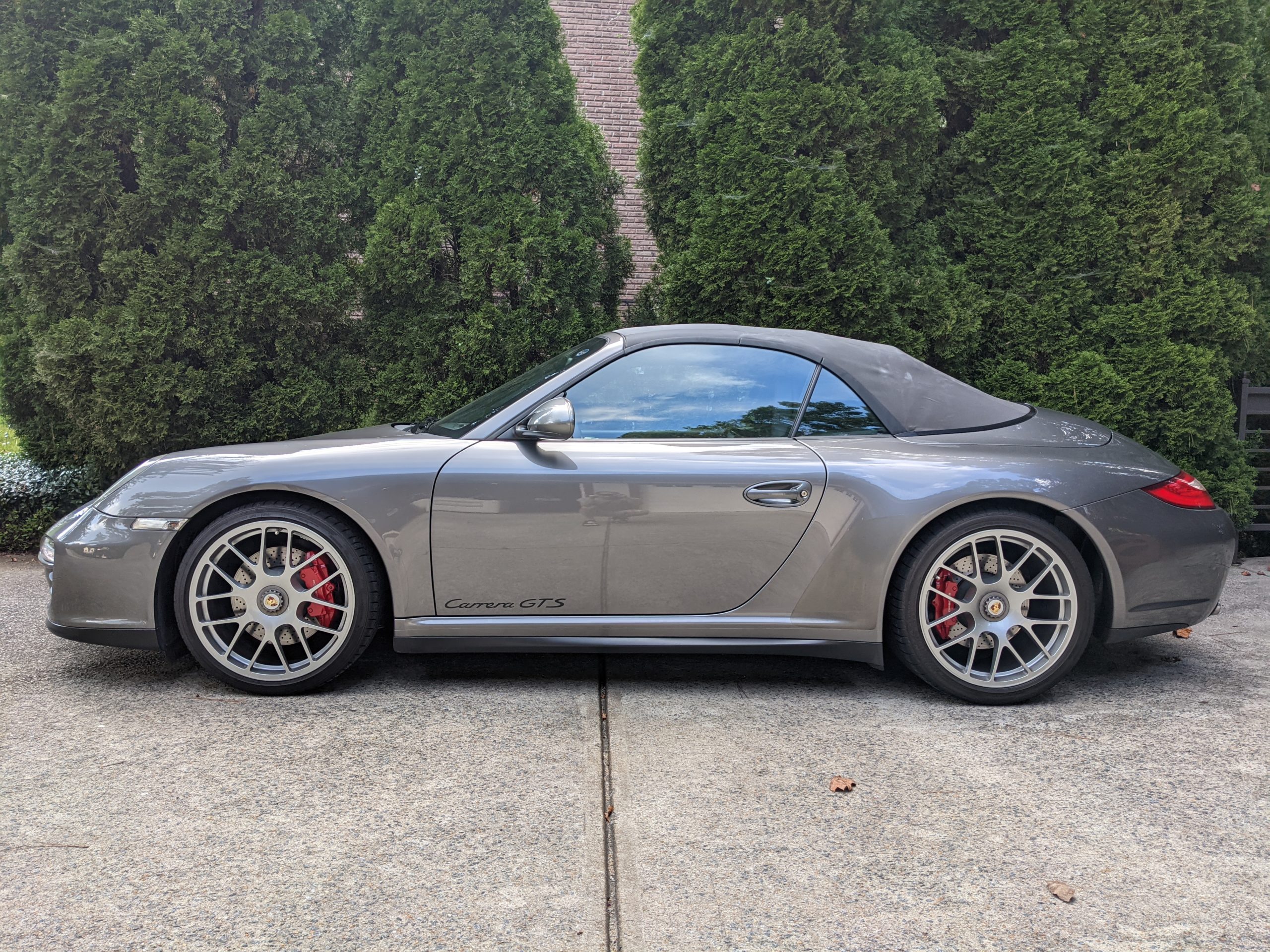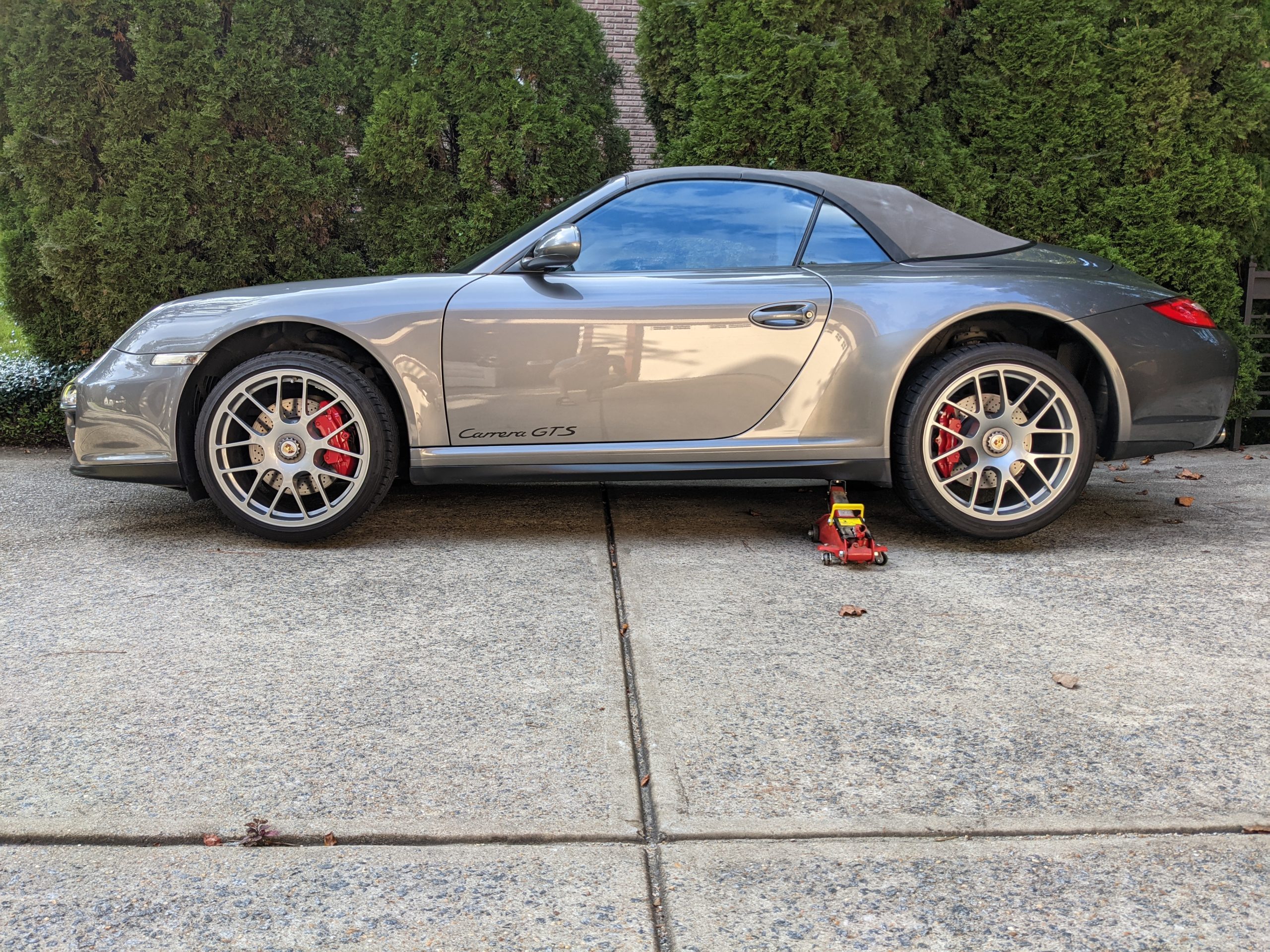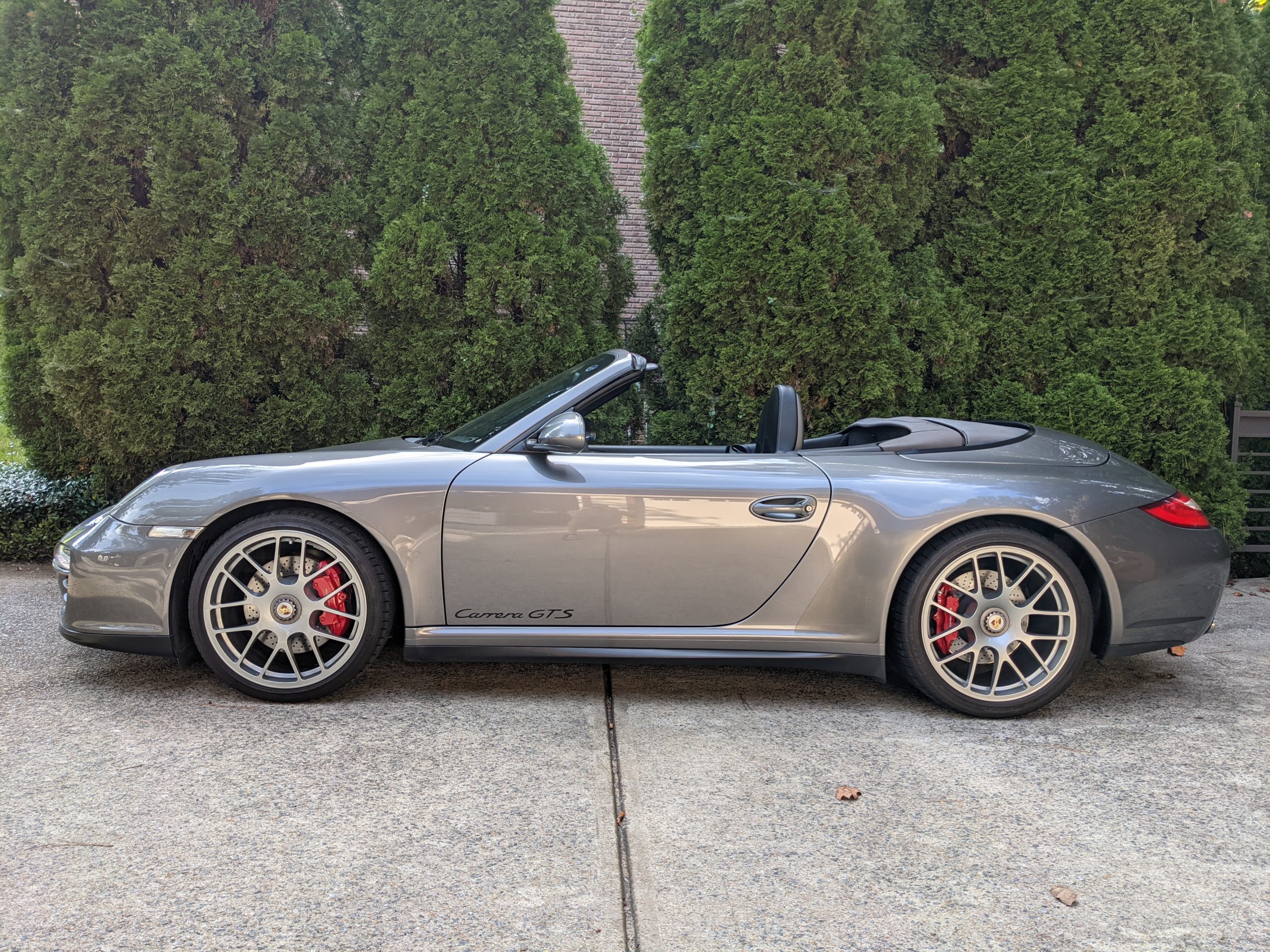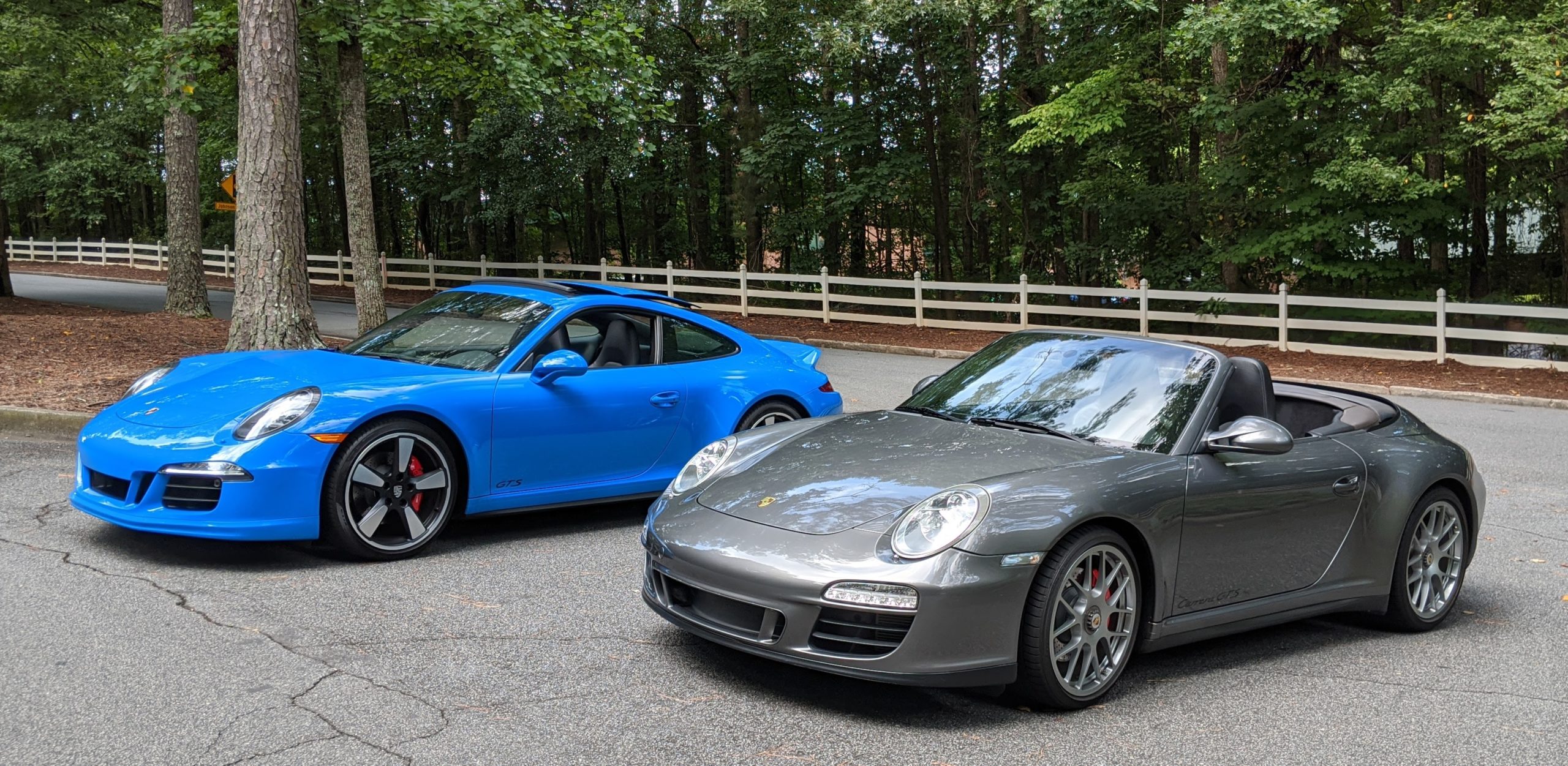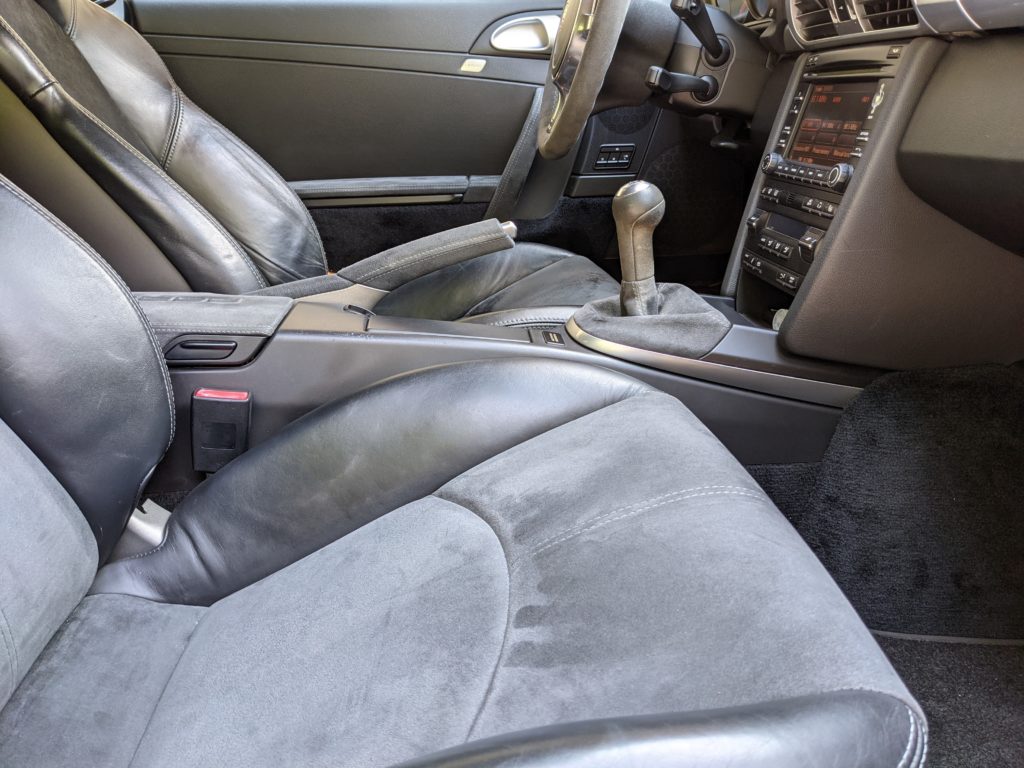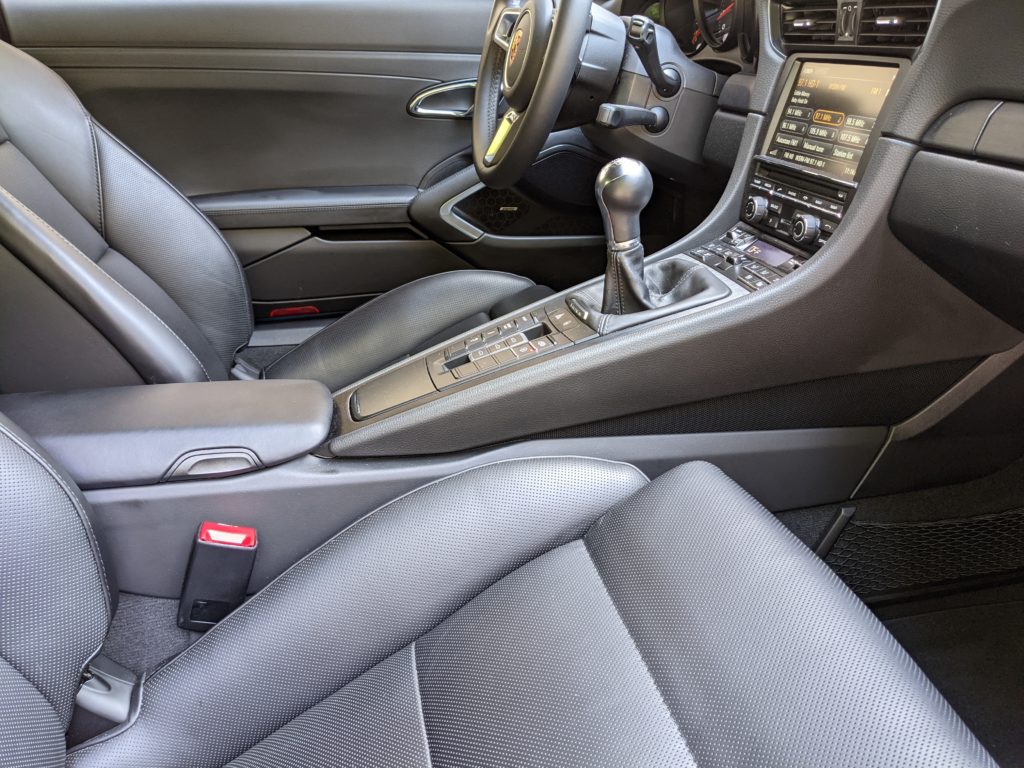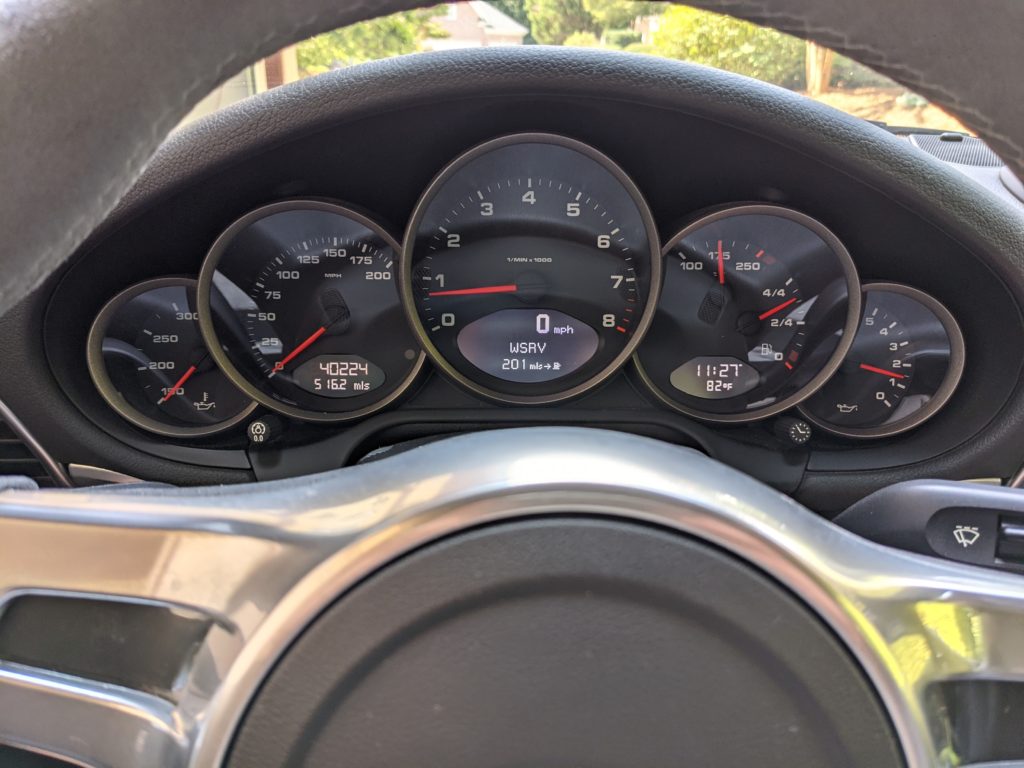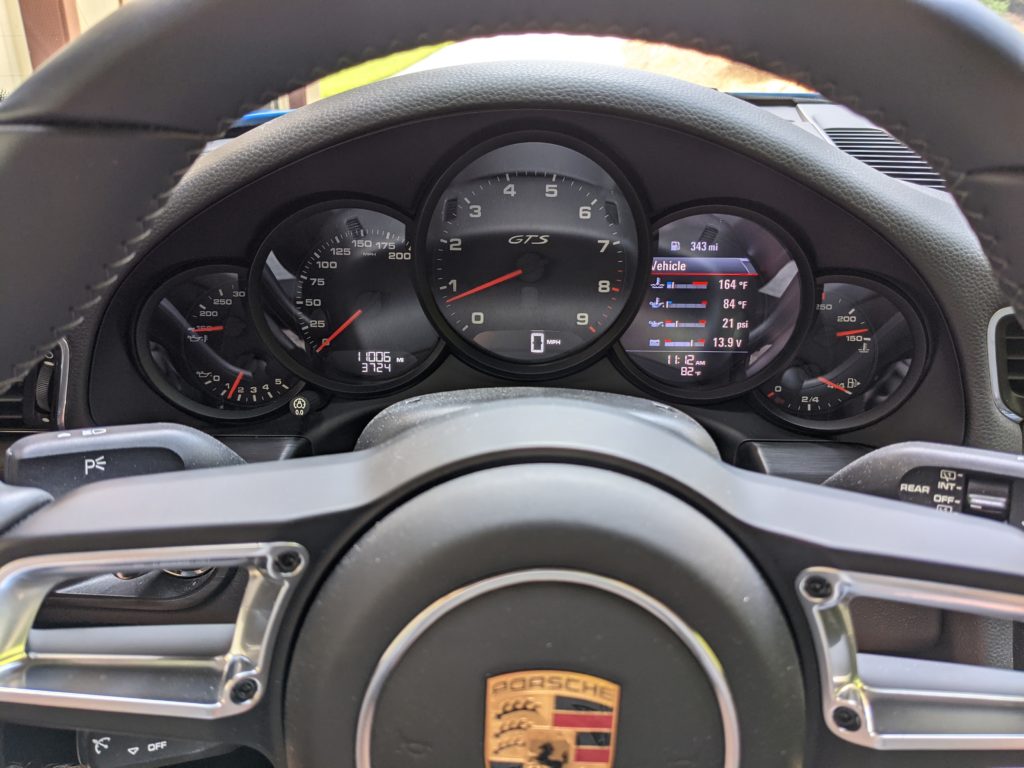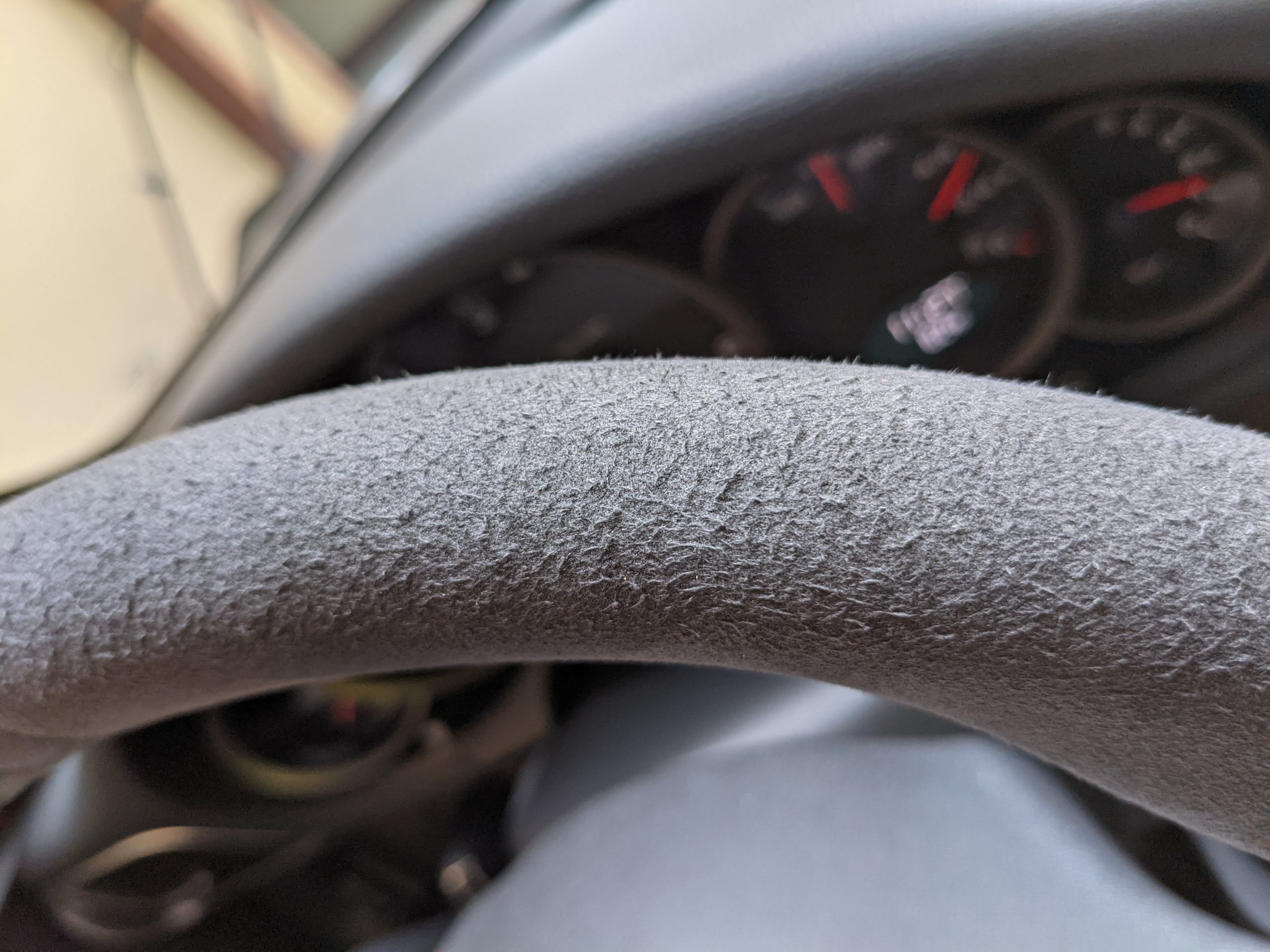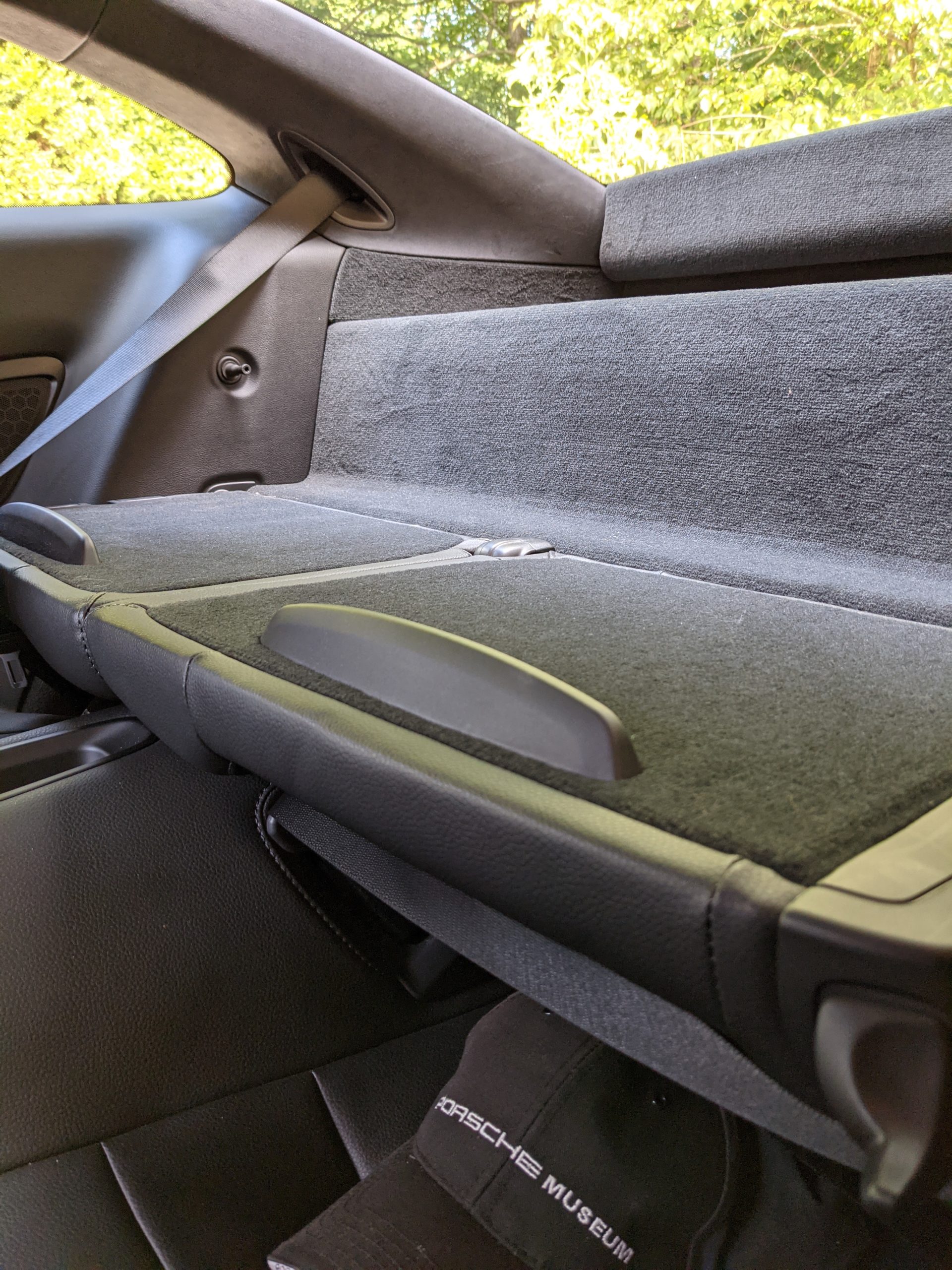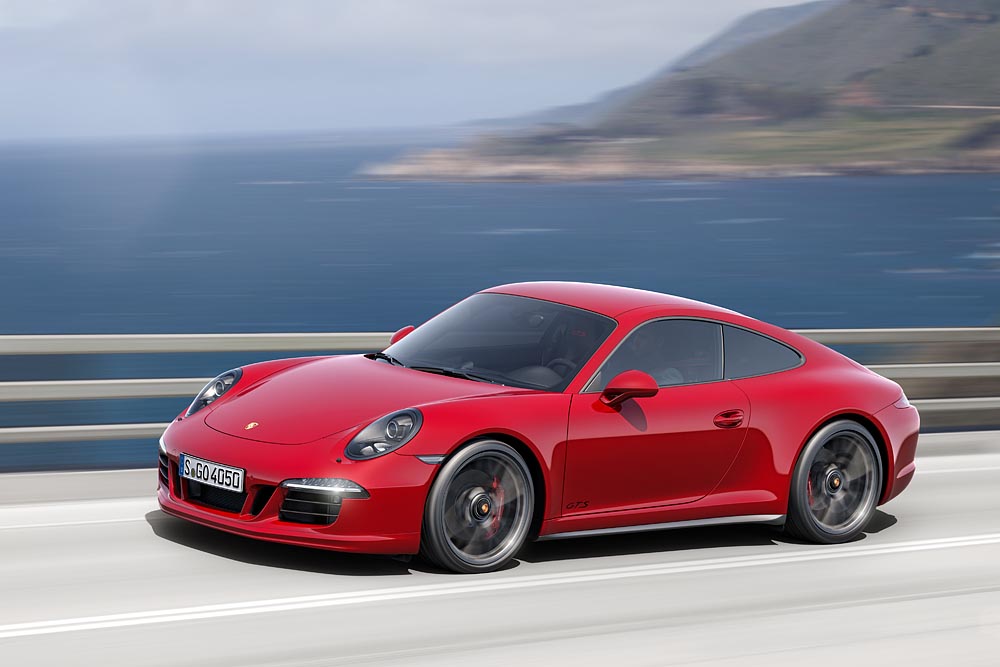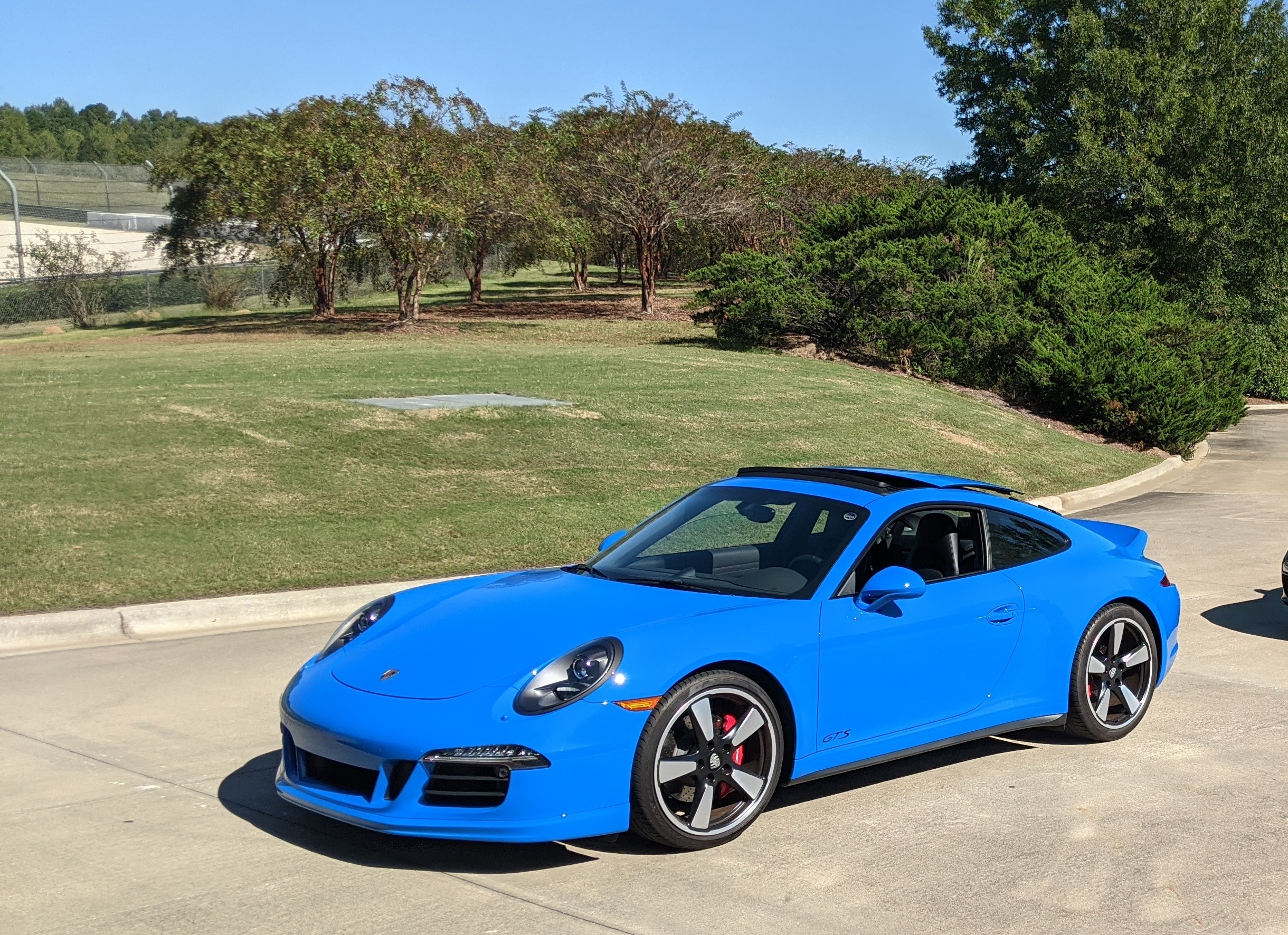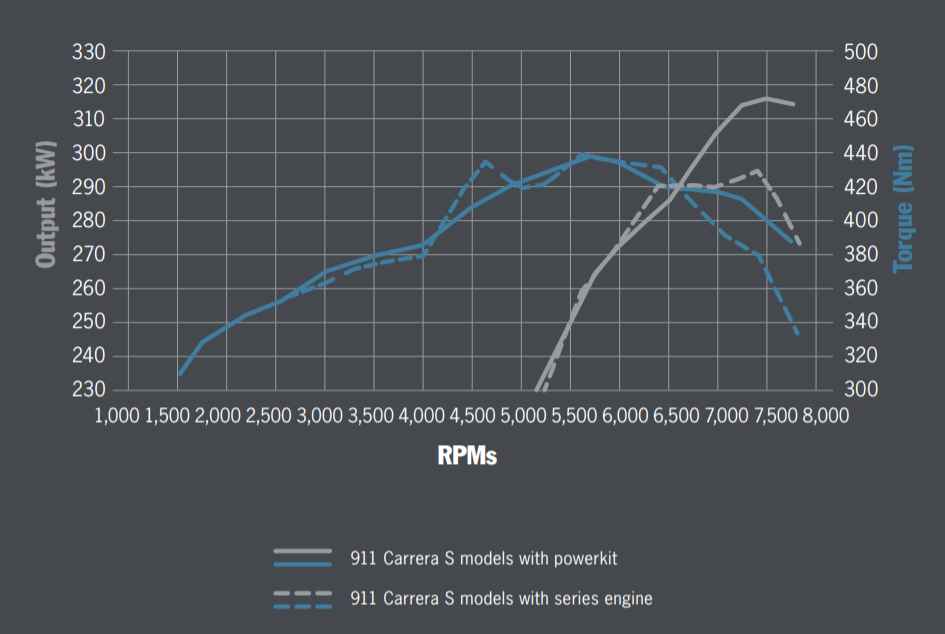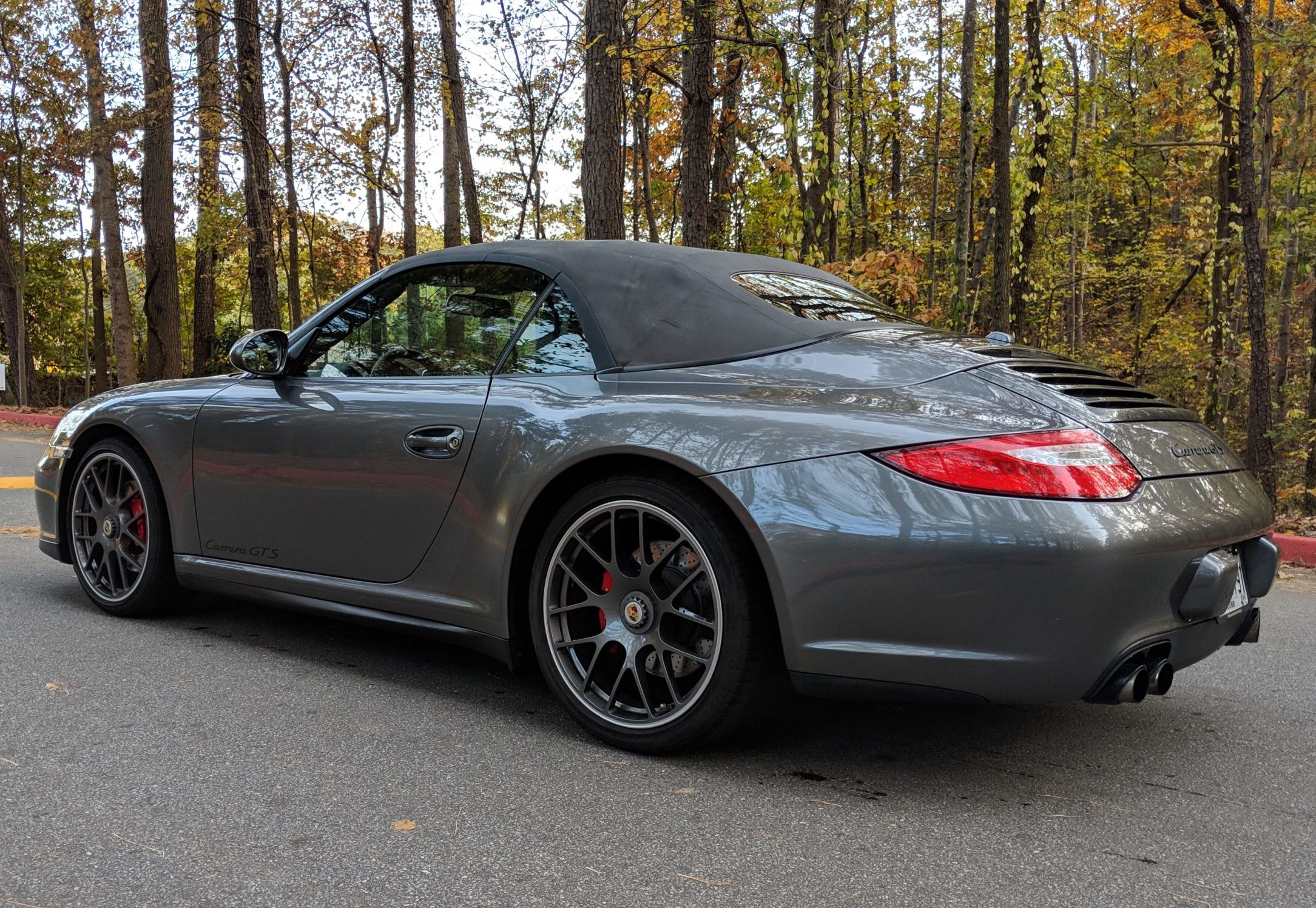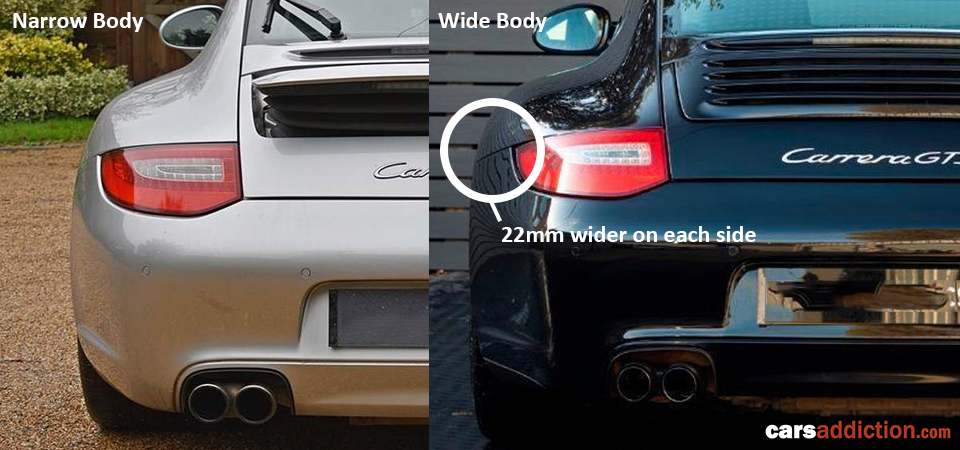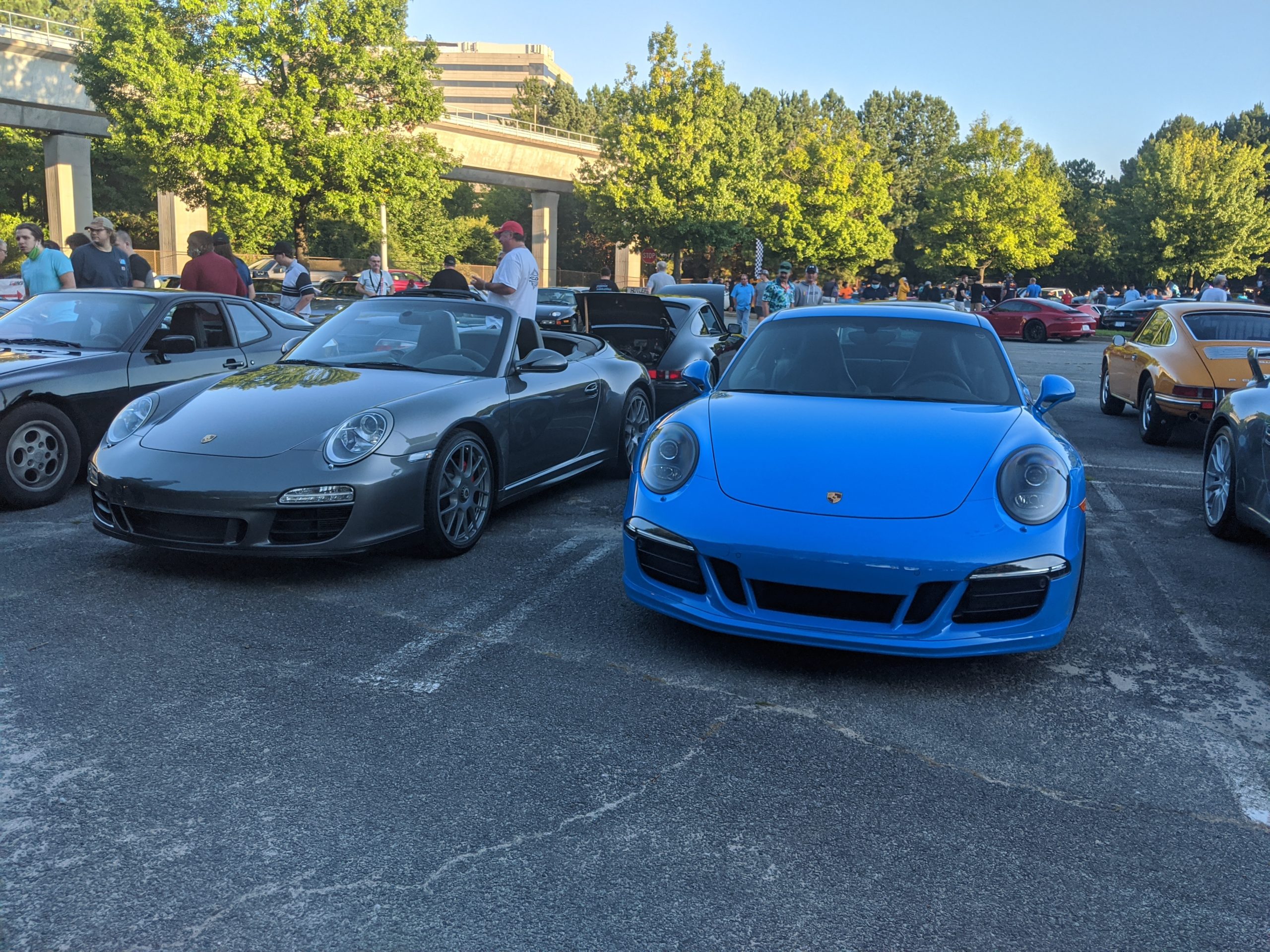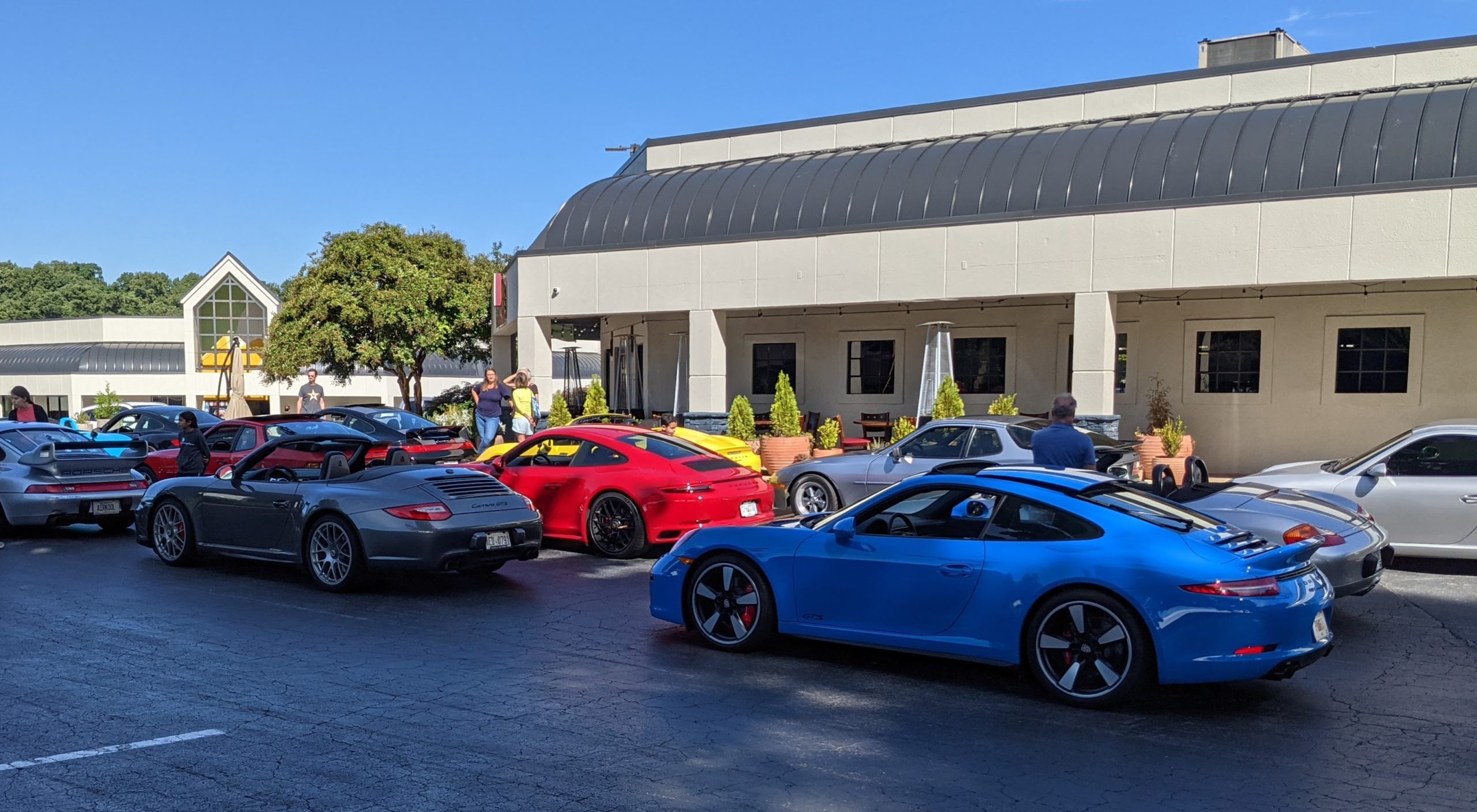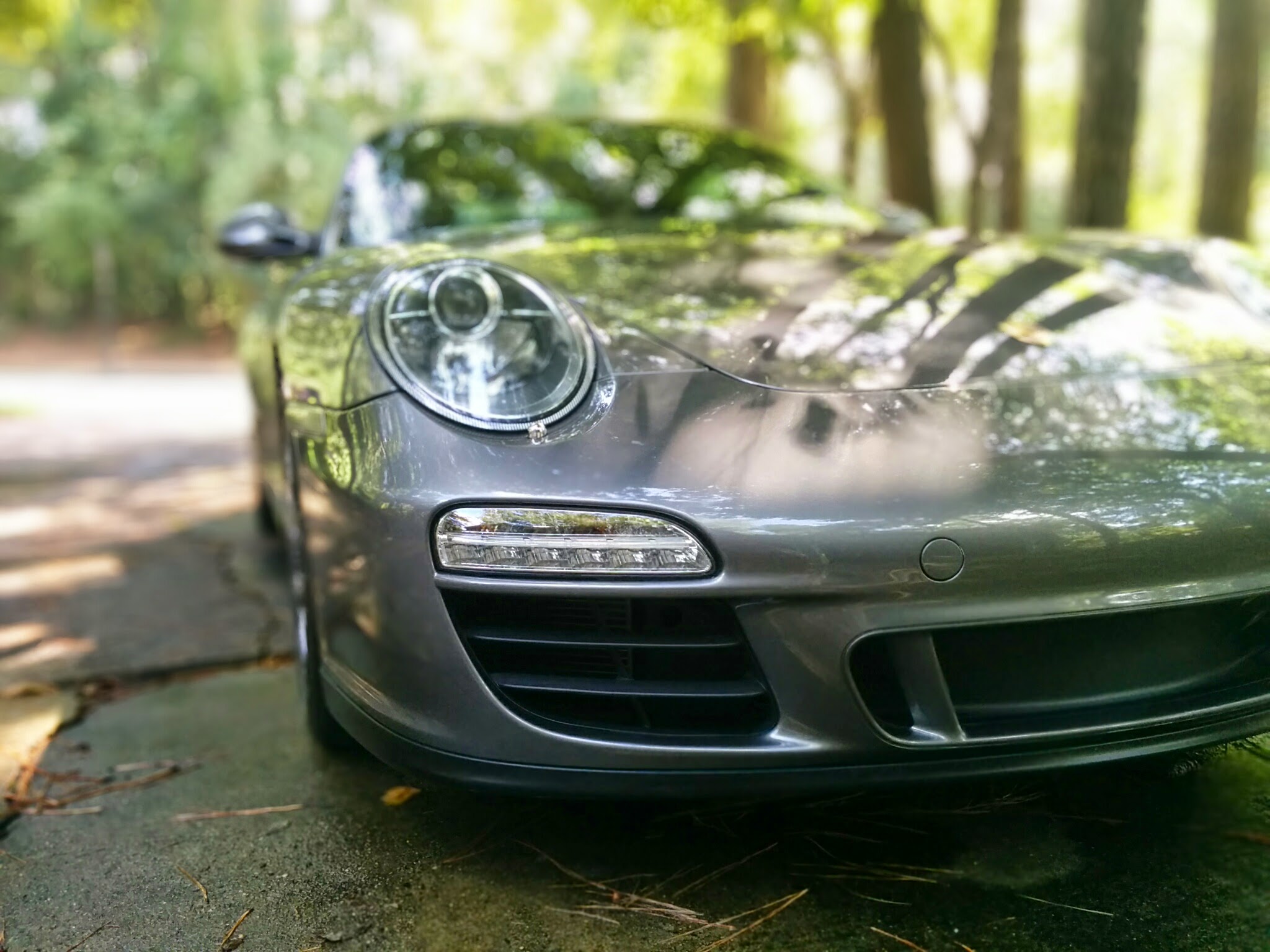
Data-Driven Insights on 997 GTS Aftermarket Upgrades
The 997.2 Carrera GTS is already one of the most well-balanced modern 911s, but aftermarket modifications can take it to the next level. Whether you’re aiming to up-level the performance, looks, driving pleasure, or all three, there are wide range of aftermarket options available. We thought it would be interesting to analyze the most popular options using sentiment analysis which is a data-driven approach that measures how positively or negatively people discuss a topic online. By analyzing thousands of forum posts, auction listings, and enthusiast discussions, we identified clear patterns in how aftermarket modifications affect desirability and even resale value. The result? A categorization of aftermarket upgrades into three categories: high-impact mods, neutral mods, and polarizing mods:
High-Impact Mods (Strong Enthusiast Approval, May Add Value). These mods are consistently praised and often seen as must-haves.
1. Sharkwerks Exhaust / X-Pipe
- Why Enthusiasts Love It: Deepens the signature flat-six sound without introducing excessive drone or artificial “pops and bangs.”
- Resale Impact: Generally positive, especially if the OEM parts are included.
- Best For: Owners looking for an enhanced, natural-sounding exhaust note.
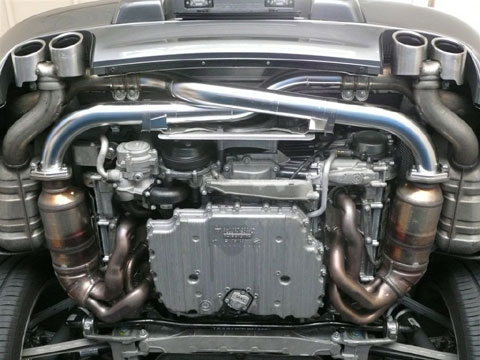
2. DSC Suspension Module
- Why Enthusiasts Love It: Improves ride quality and handling by fine-tuning the PASM system.
- Resale Impact: Positive among track-oriented buyers; neutral for general resale.
- Best For: Owners who want sharper handling without sacrificing daily drivability.
3. Paint Protection Film (PPF) / Ceramic Coating
- Why Enthusiasts Love It: Preserves paint and indicates a careful owner.
- Resale Impact: Modest but positive, buyers like knowing the car was protected.
- Best For: Any owner who wants to maintain resale value.
Neutral Mods (Adds Enjoyment, Minimal Resale Impact). These mods are generally liked but don’t significantly change a car’s value.
4. Aftermarket Radar Detectors (e.g., K40, Escort Max)
- Why Enthusiasts Love It: Useful for highway driving; cleanly integrated systems get a small boost.
- Resale Impact: Neutral, adds convenience but isn’t a make-or-break feature.
- Best For: Frequent highway drivers.
5. Aftermarket Intake Systems (e.g., Fabspeed, IPD Plenum)
- Why Enthusiasts Love It: Can slightly improve throttle response and engine sound.
- Resale Impact: Neutral, performance enthusiasts appreciate it, but OEM parts should be included.
- Best For: Owners looking for small performance gains.
6. Custom Steering Wheels (e.g., Deviated Stitching, Alcantara Wraps)
- Why Enthusiasts Love It: Personalizes the cabin feel, especially when matched with sportier seats.
- Resale Impact: Neutral, buyers are indifferent unless it’s over-the-top.
- Best For: Interior-focused upgrades.
Polarizing Mods (Love it or Hate it, May Affect Resale). These mods are divisive; some buyers love them, while others see them as deal-breakers.
7. Seat Upgrades (e.g., Recaro Buckets, OEM Carbon Buckets)
- Why Enthusiasts Love It: Transforms the driving experience, especially for track use.
- Resale Impact: Mixed, track-focused buyers love them, but many daily drivers prefer the adaptive sport seats.
- Best For: Track-day enthusiasts.
8. Lightweight Wheels (e.g., Forgeline, aftermarket BBS)
- Why Enthusiasts Love It: Offers weight savings and unique styling.
- Resale Impact: Mixed, some buyers prefer OEM centerlock RS Spyder wheels.
- Best For: Owners who prioritize performance over originality.
9. Aero Mods (e.g., Getty Ducktail, Speedster Lip / Humps, Aero Kit Add-ons)
- Why Enthusiasts Love It: Adds aggression and individuality.
- Resale Impact: Highly subjective, some love it, others see it as non-original.
- Best For: Owners who don’t mind limiting their resale audience.
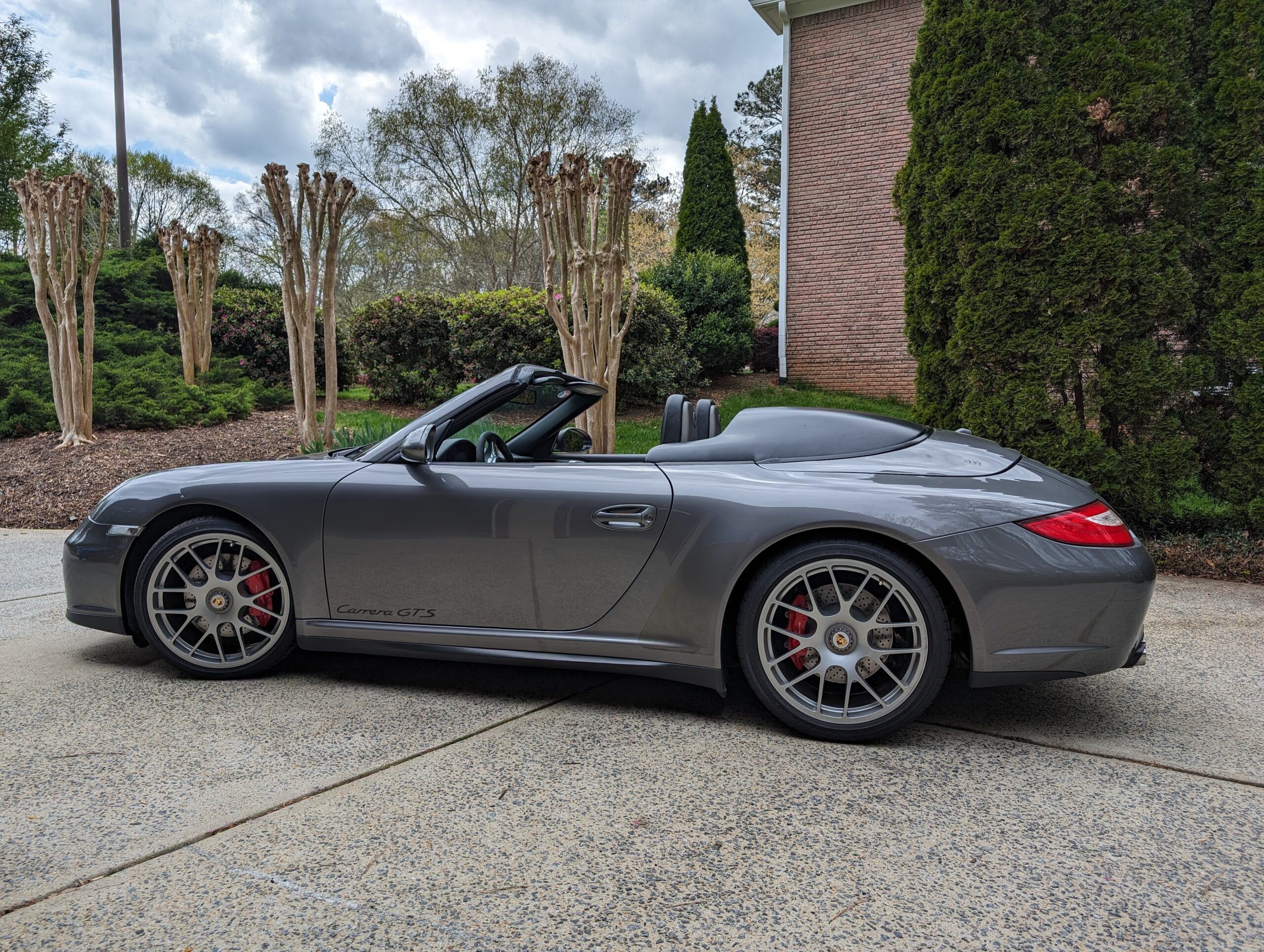
Final Thoughts
If you’re modifying your 997 GTS, understanding enthusiast sentiment can help you make better decisions. Mods like Sharkwerks exhaust, DSC suspension tuning, and PPF are nearly always well-received. Meanwhile, more aggressive mods like track seats, aftermarket wheels, and aero kits are more divisive. For those considering resale value, retaining OEM parts is always a good idea. This gives potential buyers the flexibility to revert the car to stock if desired.
